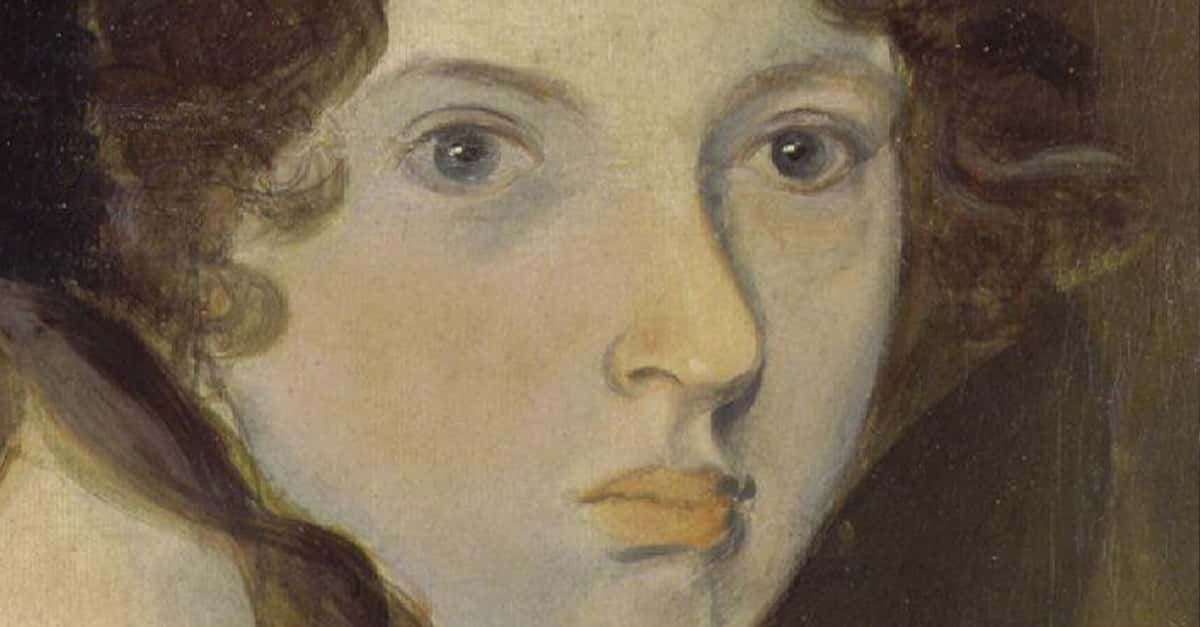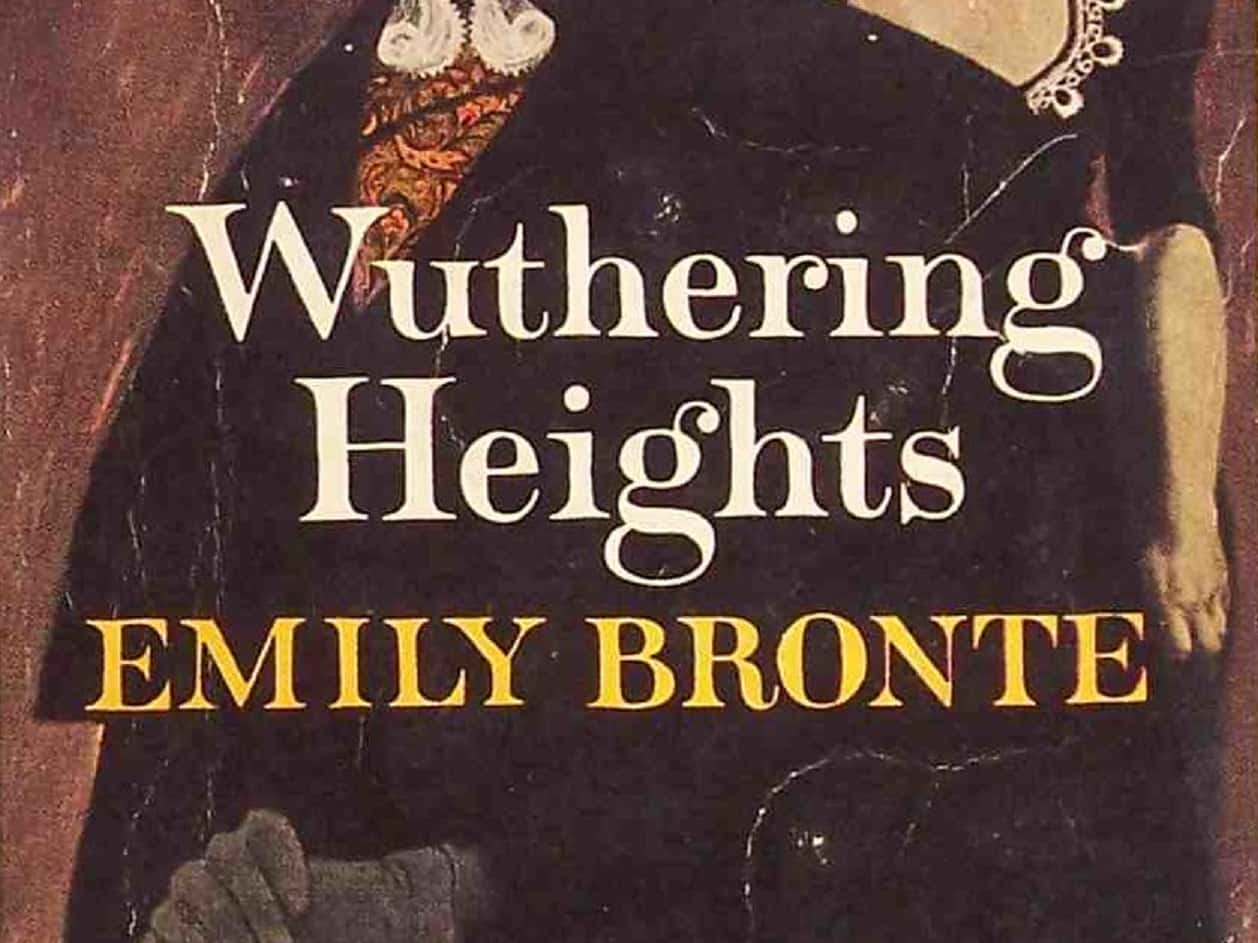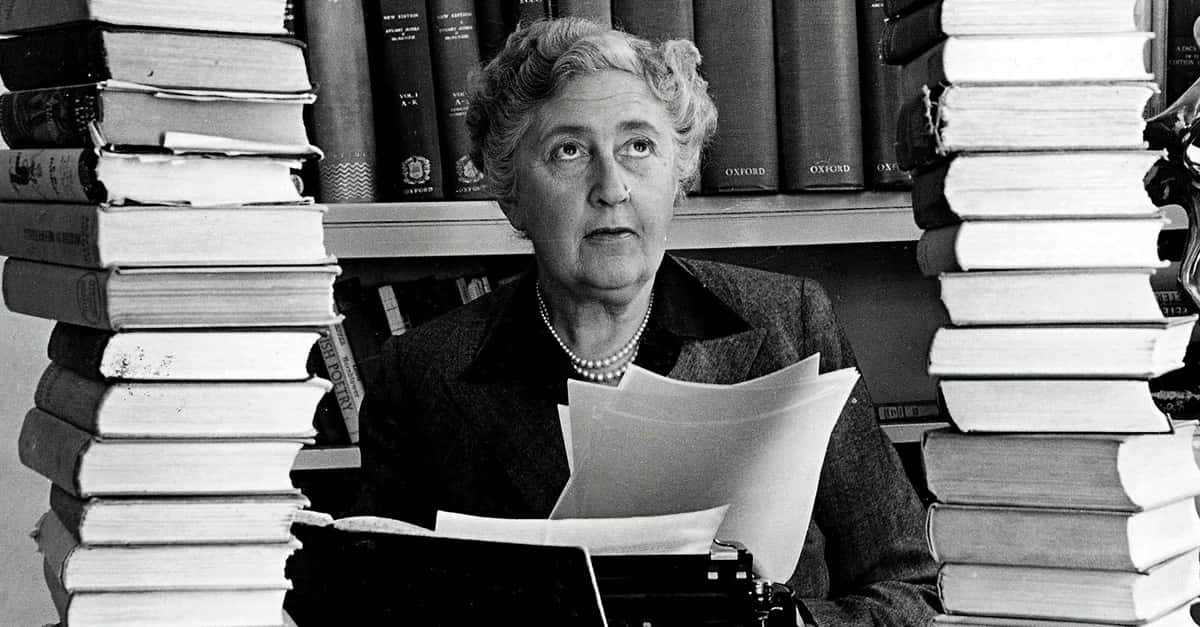The Sister Who Shook The Literary World
Emily Brontë’s four sisters and one brother meant the world to her—in fact, they were the only friends she had. So, when one by one they tragically departed from this world, Emily went deeper and deeper into her own: a world of fantasy and escape.
1. She Was Fifth In Line
Emily Brontë was born on July 30, 1818, in Thornton Yorkshire, England. She was the fifth child born to Maria and Patrick Brontë. Patrick was a reverend in the Church of England and Maria, well, Maria didn’t get much of a chance. After Emily, she bore her final child, Anne. But a few months later, her mother received harrowing news from her doctor.
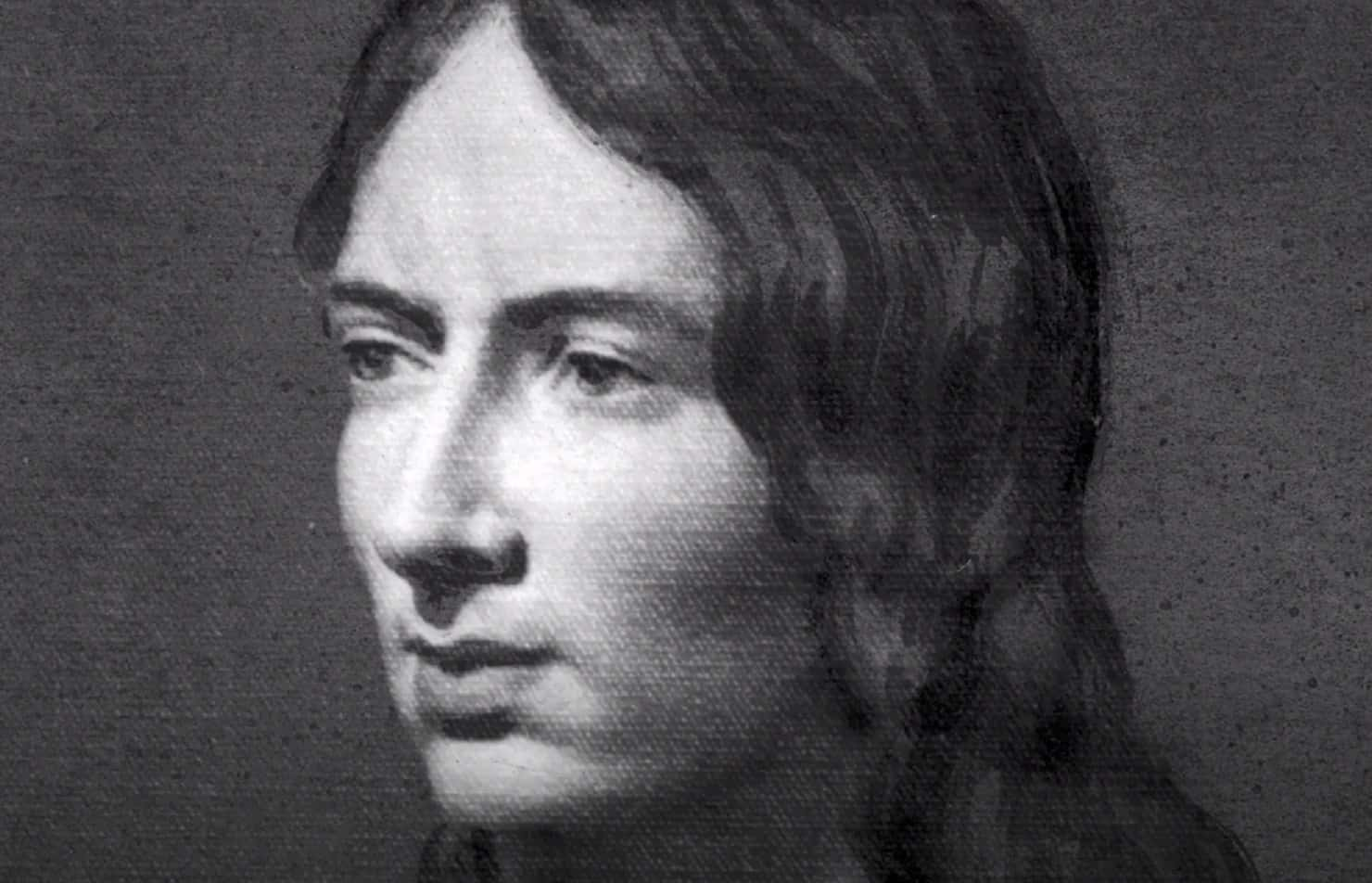 Who Was Emily Bronte? Celebrating The 200th Anniversary of Her Birth, Newsweek
Who Was Emily Bronte? Celebrating The 200th Anniversary of Her Birth, Newsweek
2. She Faced An Early Tragedy
Emily was only three years old when tragedy struck: Her mother lost her battle with cancer and passed. Reverend Patrick was now the sole parent to five young girls and a boy. Patrick was busy with his work, and his writing, so he needed help with his brood of children. Help came in the form of his wife’s sister, Elizabeth.
Elizabeth was a big help, but then Mr. Brontë made a horrible mistake.
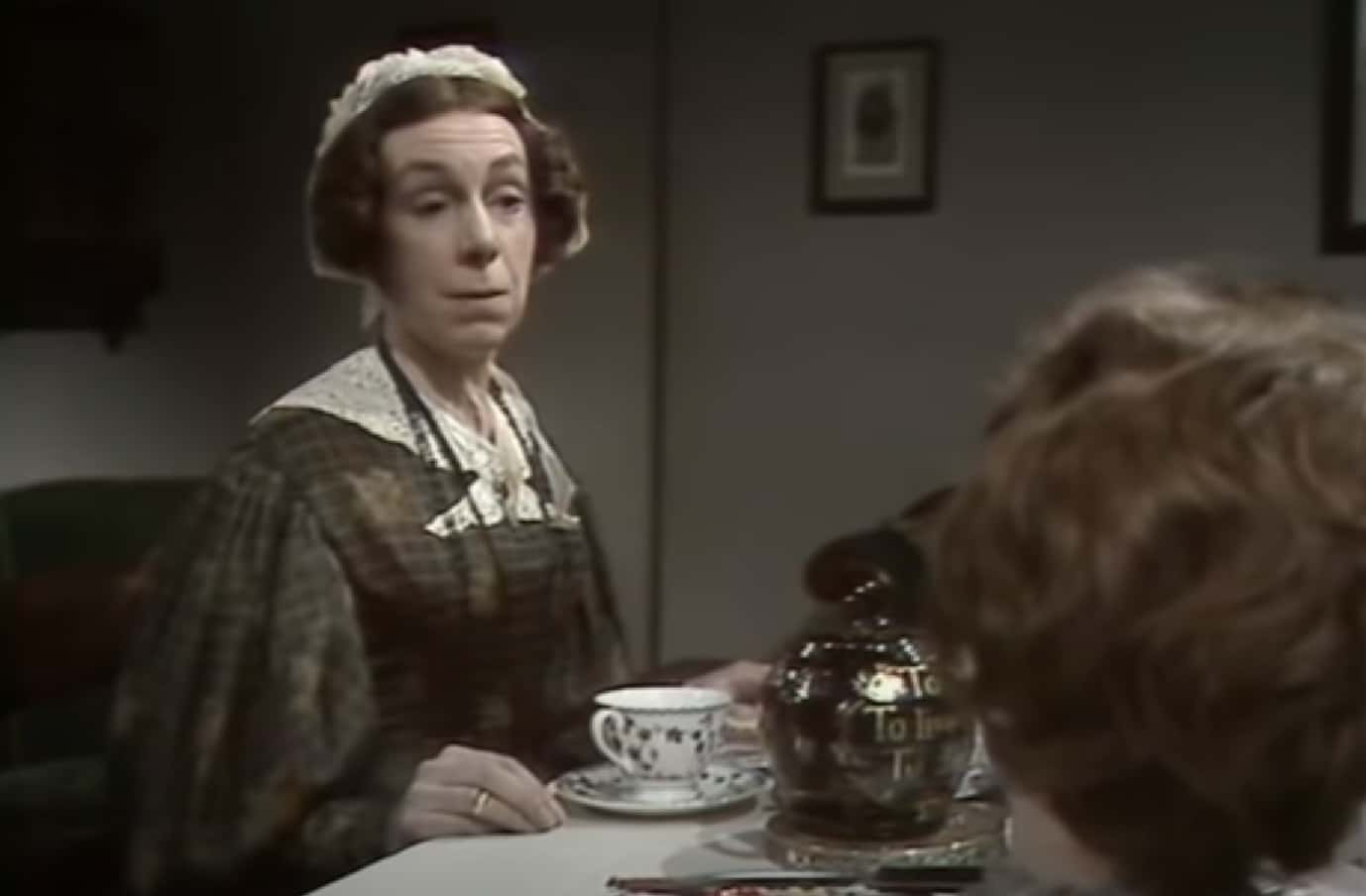 1) BRONTES OF HAWORTH (Part 1), Dale J
1) BRONTES OF HAWORTH (Part 1), Dale J
3. She Endured The Worst
Patrick sent the four older daughters in the Brontë family—Elizabeth, Maria, Charlotte, and Emily—to Clergy Daughters' School. Surely their father had their best interests in mind, but it turned out to be a disastrous decision.
The school kept the children hungry and often cold. Worse still, some of the staff treated the students terribly. If this wasn’t bad enough, two of the Brontës became seriously ill.
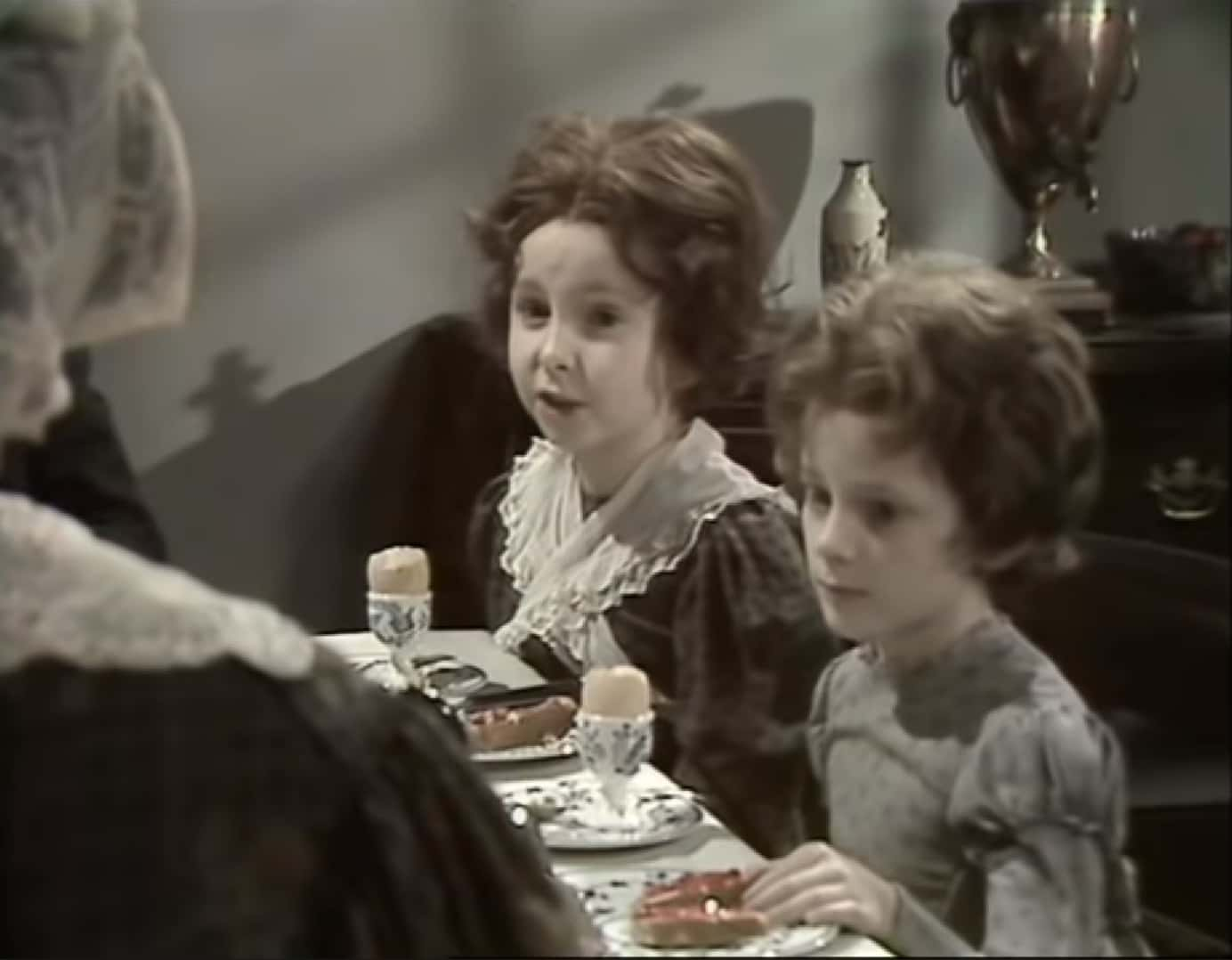 1) BRONTES OF HAWORTH (Part 1), Dale J
1) BRONTES OF HAWORTH (Part 1), Dale J
4. She Lost Them
Emily’s sisters, Elizabeth and Maria, became so sick that they had to return home. But it was so much worse than anyone thought. They returned home, hoping to convalesce and heal, but instead, they met their untimely ends.
It turned out that both had contracted either typhoid or tuberculosis—the record isn’t clear. Their father, who was quite rightly furious with the school, brought both Emily and Charlotte back home as well. These losses reverberated through Emily's childhood.
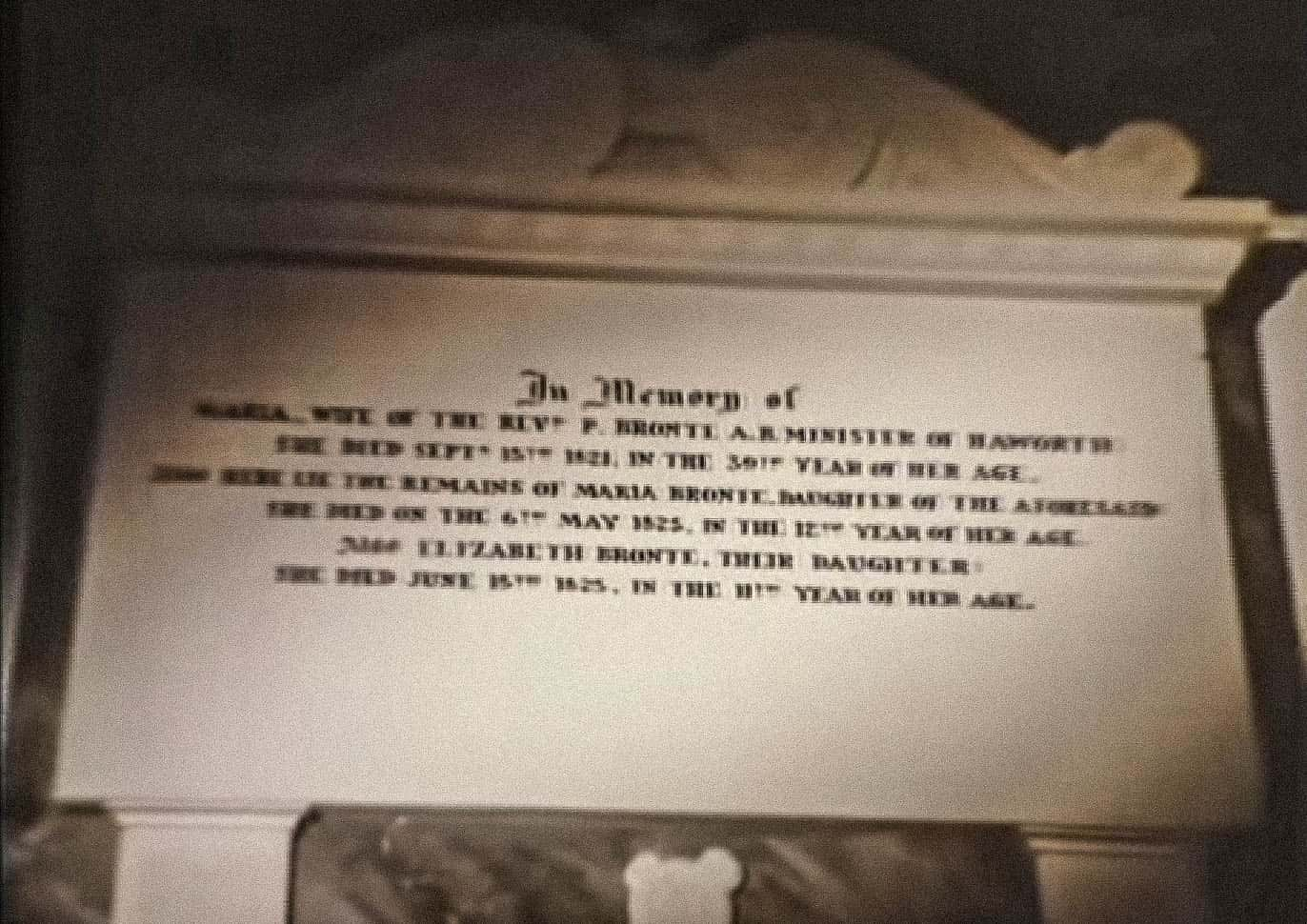 1) BRONTES OF HAWORTH (Part 1), Dale J
1) BRONTES OF HAWORTH (Part 1), Dale J
5. There Was No Schooling
Obviously, attending school was now out of the question for the remaining Brontë children. Patrick left the task of educating the children to his sister-in-law, Elizabeth. There would be no formal education for the Brontës. Elizabeth would do her best, and any knowledge she lacked, the children could pick up through the many books found at the Brontë home.
Education, however, is about more than just books and learning. Emily needed to learn about connecting with other people. But this endeavor was doomed from the beginning.
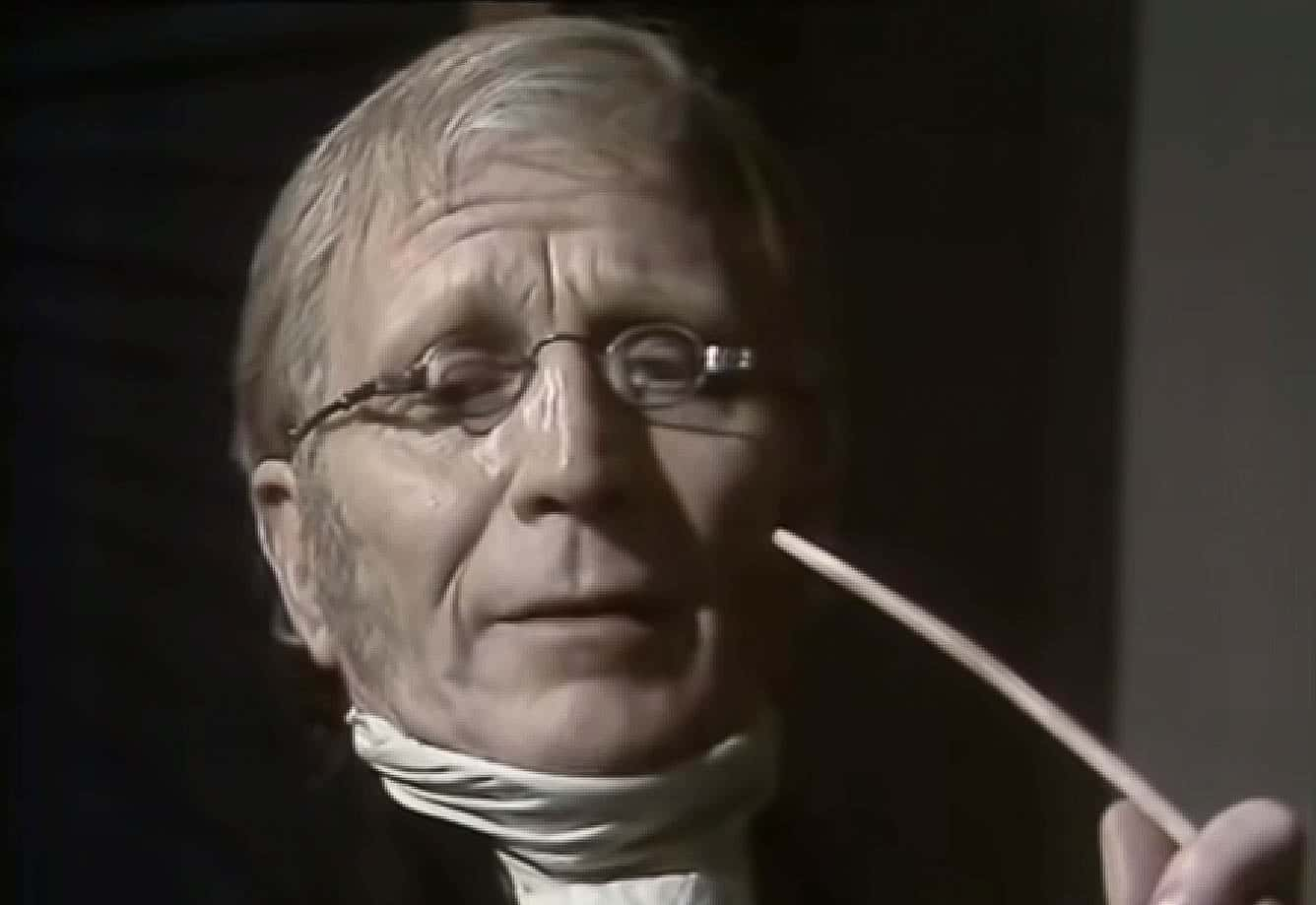 1) BRONTES OF HAWORTH (Part 1), Dale J
1) BRONTES OF HAWORTH (Part 1), Dale J
6. She Was Quiet
Without the diversion of school, Emily’s entire world now centered around her family and the books she loved to read. The children’s lives had become so small that they needed something to make them larger. To fulfill this need, Emily and her siblings created fantasy worlds, and their lives became an odd existence of make-believe.
While this did wonders for fostering Emily’s creativity, it held her back from socializing with others.
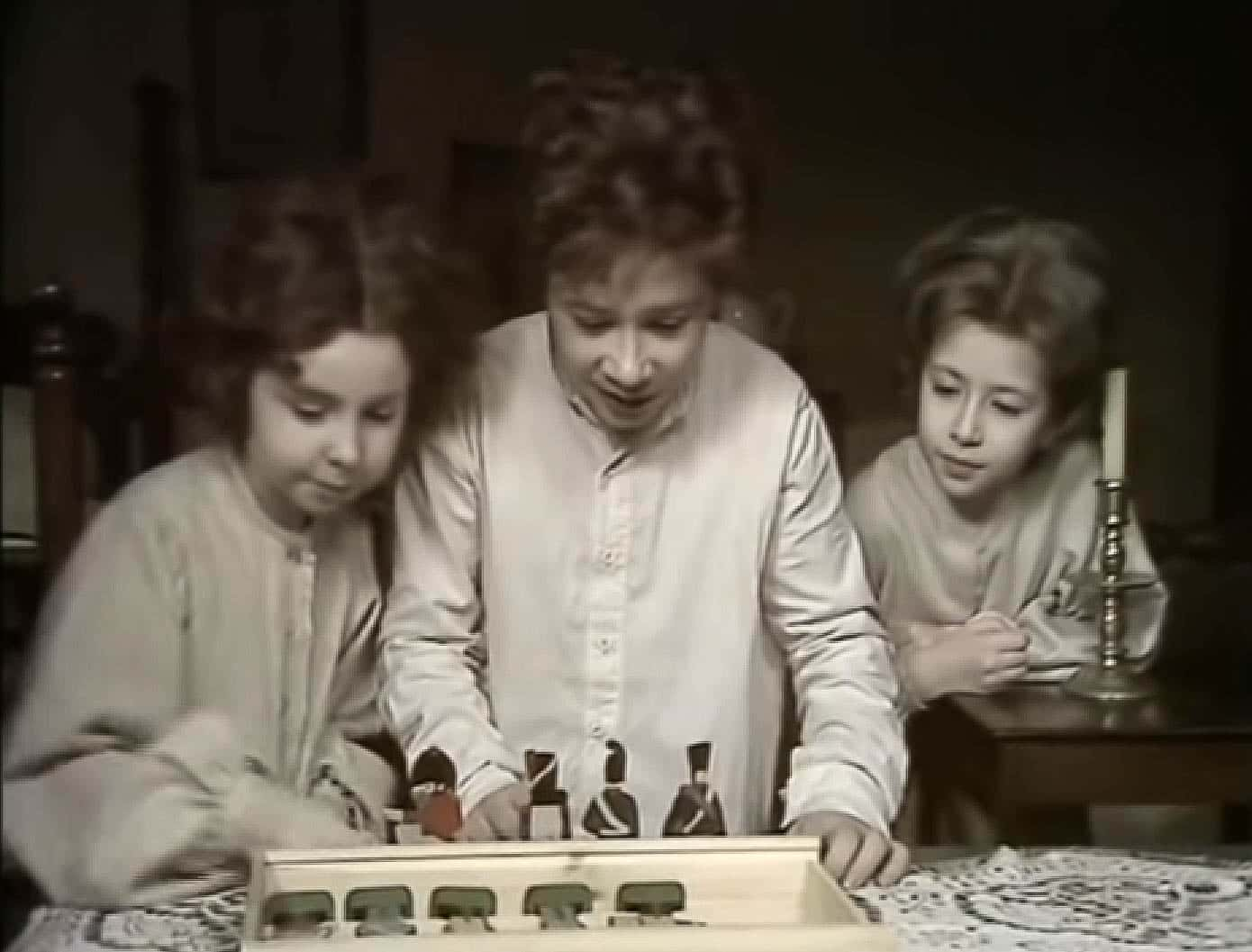 1) BRONTES OF HAWORTH (Part 1), Dale J
1) BRONTES OF HAWORTH (Part 1), Dale J
7. She Discovered A New World
Emily and her sisters, Charlotte and Anne, and brother Branwell spent a ton of time together. Their skill at creating their fantasy worlds only grew stronger over time. The young children got sucked into this world—which they called Angria—and wrote obsessively about it, so much so that it became more real than reality itself.
But they didn't stop there.
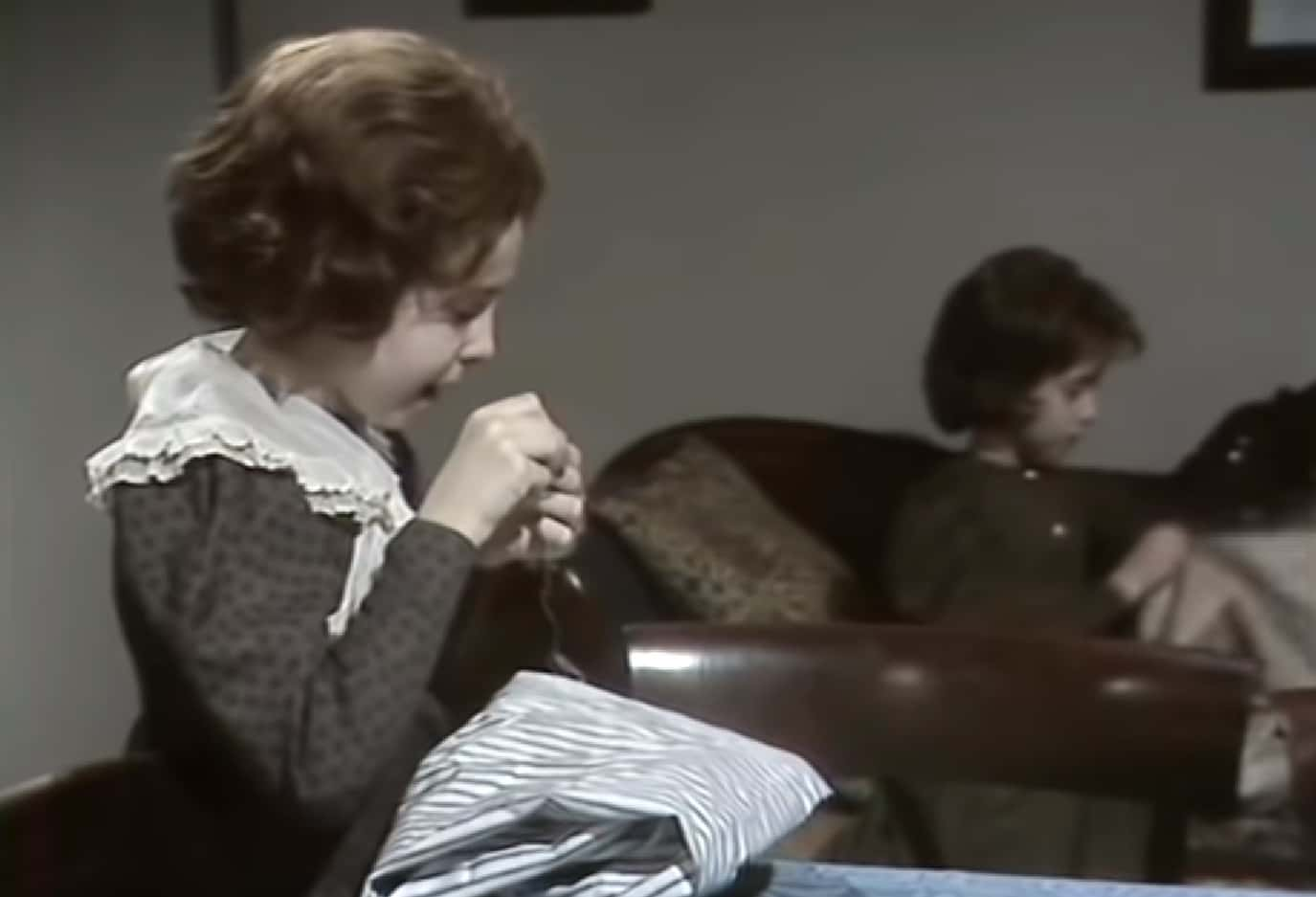 1) BRONTES OF HAWORTH (Part 1), Dale J
1) BRONTES OF HAWORTH (Part 1), Dale J
8. They Branched Out
Emily and Anne were the youngest siblings of the Brontës, and so often felt that their participation in creating Angria was not taken seriously. To remedy this, they made a bold move: They created their own exclusive world.
The world created by Emily and Anne was called Gondal. Sadly, little of what the girls wrote has survived. What we do know is this: Emily was unknowingly preparing herself for writing one of the greatest English novels of all time.
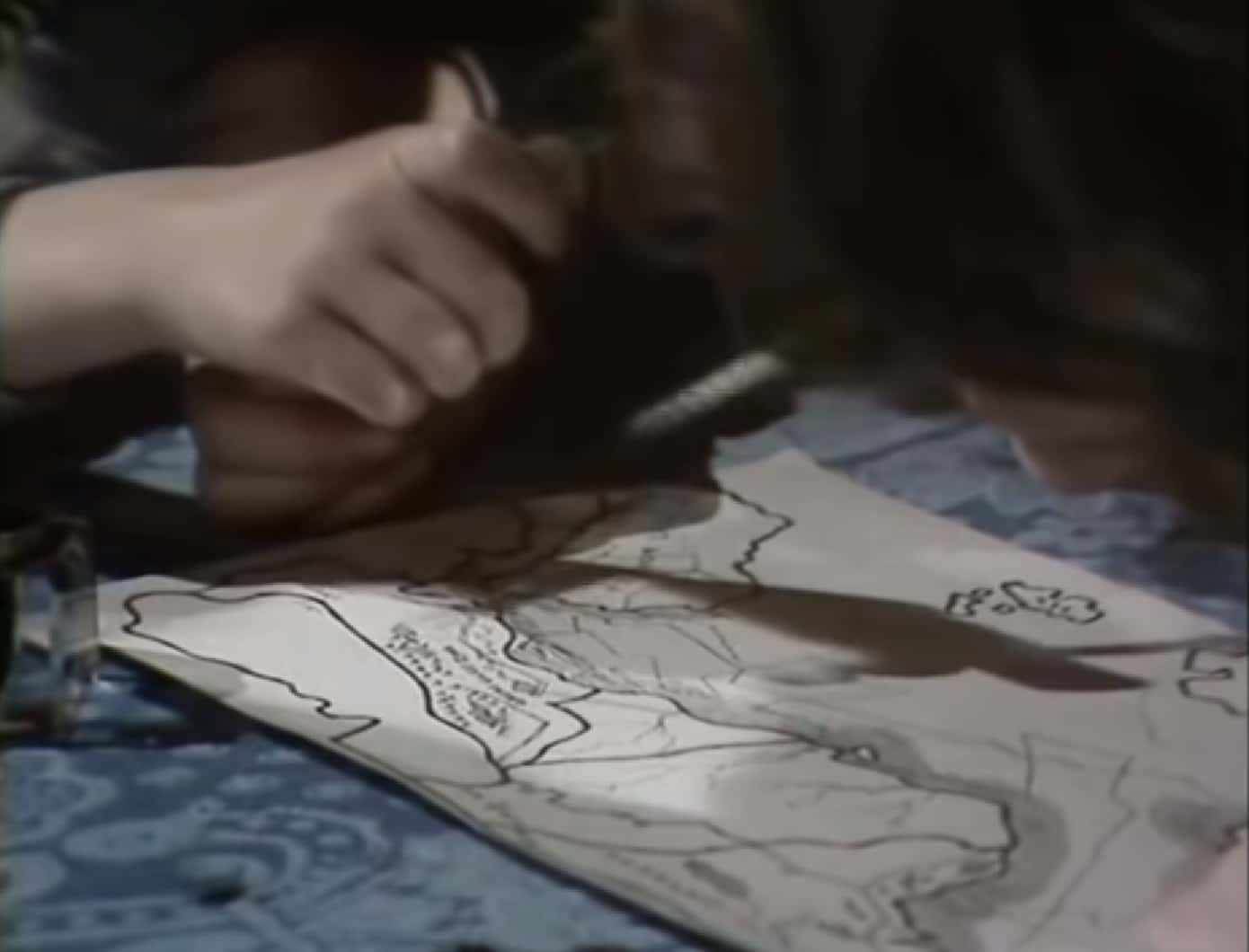 1) BRONTES OF HAWORTH (Part 1), Dale J
1) BRONTES OF HAWORTH (Part 1), Dale J

History's most fascinating stories and darkest secrets, delivered to your inbox daily.
9. She Never Left Her Side
At this time, Emily and her sister Anne grew extremely close. In fact, neither seemed to have another friend in the world. Some described them as twins, who were rarely seen apart. Tying them even closer together was their fantasy world: Gondal.
It could be that this close connection was a benefit to Emily. But it also isolated her from the rest of society.
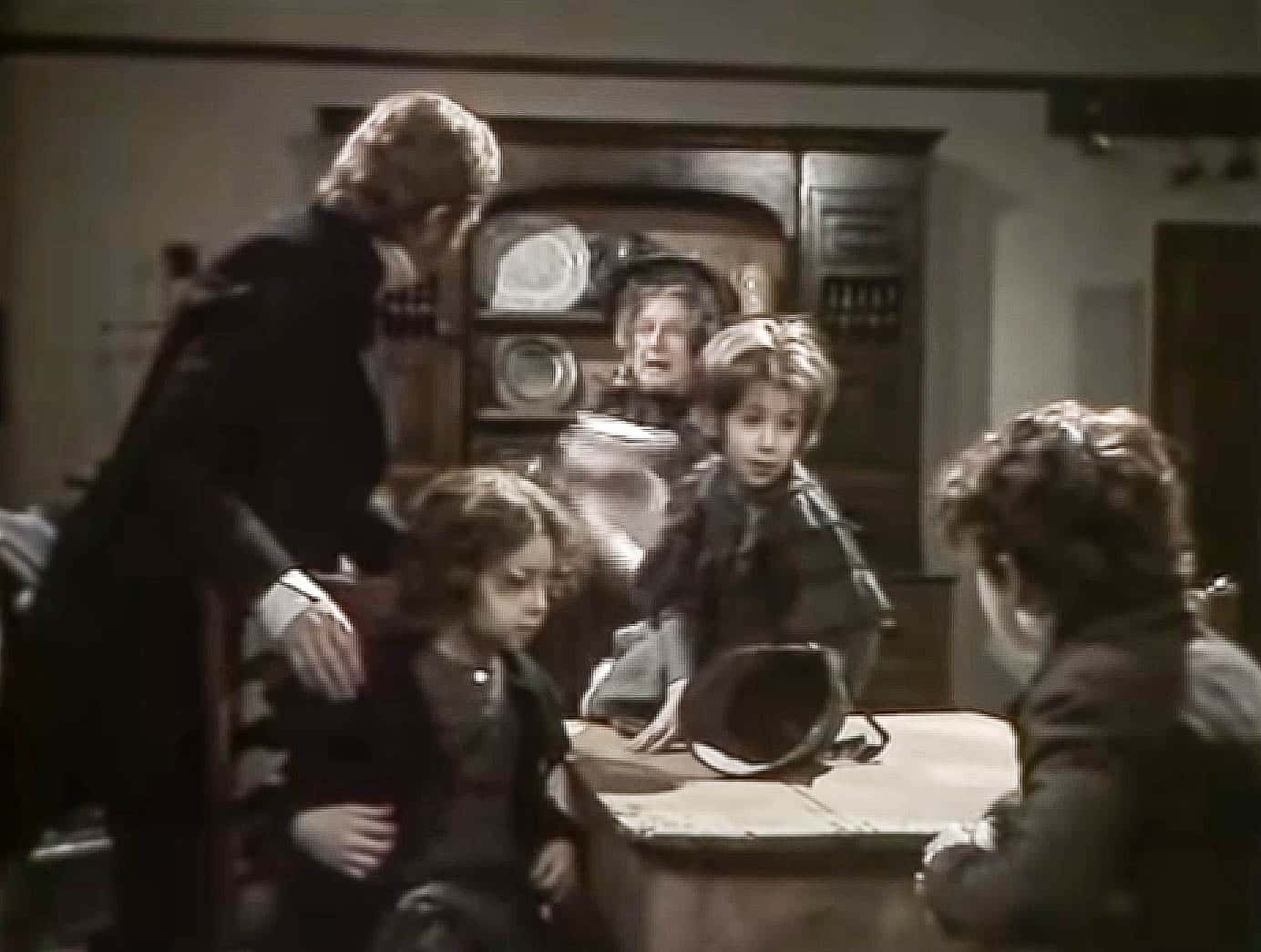 1) BRONTES OF HAWORTH (Part 1), Dale J
1) BRONTES OF HAWORTH (Part 1), Dale J
10. It Took A Bite
In addition to her sister Anne, another of Emily’s companions was her dog Keeper—a rather large mastiff. Keeper was a handful, and it seemed that only Emily could keep him under control. But dogs weren’t always Emily’s friend.
Once a very scary dog—foaming at the mouth—took a bite out of Emily. Everyone around her was in absolute shock—everyone, that is, except Emily. Instead of calling for a doctor, she calmly did something horrifying.
She grabbed a hot poker from the fireplace and seared the wound herself. Ouch!
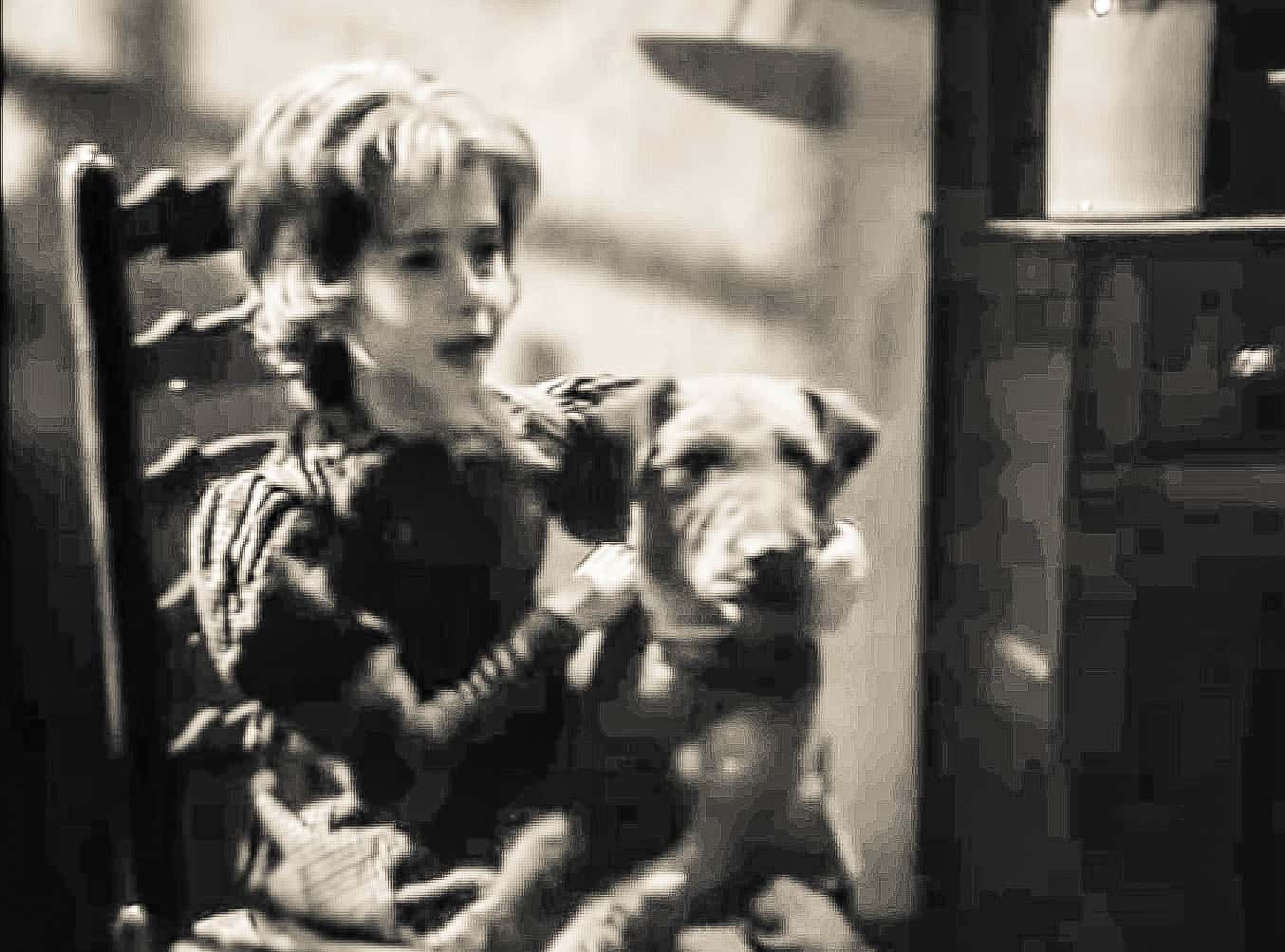 1) BRONTES OF HAWORTH (Part 1), Dale J
1) BRONTES OF HAWORTH (Part 1), Dale J
11. She Couldn’t Stand It
All this quiet time with her sister Anne had an impact on young Emily. She became shyer and shyer, withdrawing from the world around her. She tried going to school—where her older sister Charlotte was a teacher—but it proved too stressful for her, and she missed Anne terribly.
Charlotte witnessed her sister floundering—and realized that a life of order and rules was not for her.
After a few months, Emily, with Charlotte’s encouragement, called it quits and returned to the seclusion of her home and, more importantly, to be with her beloved sister. But she was in for a rude awakening.
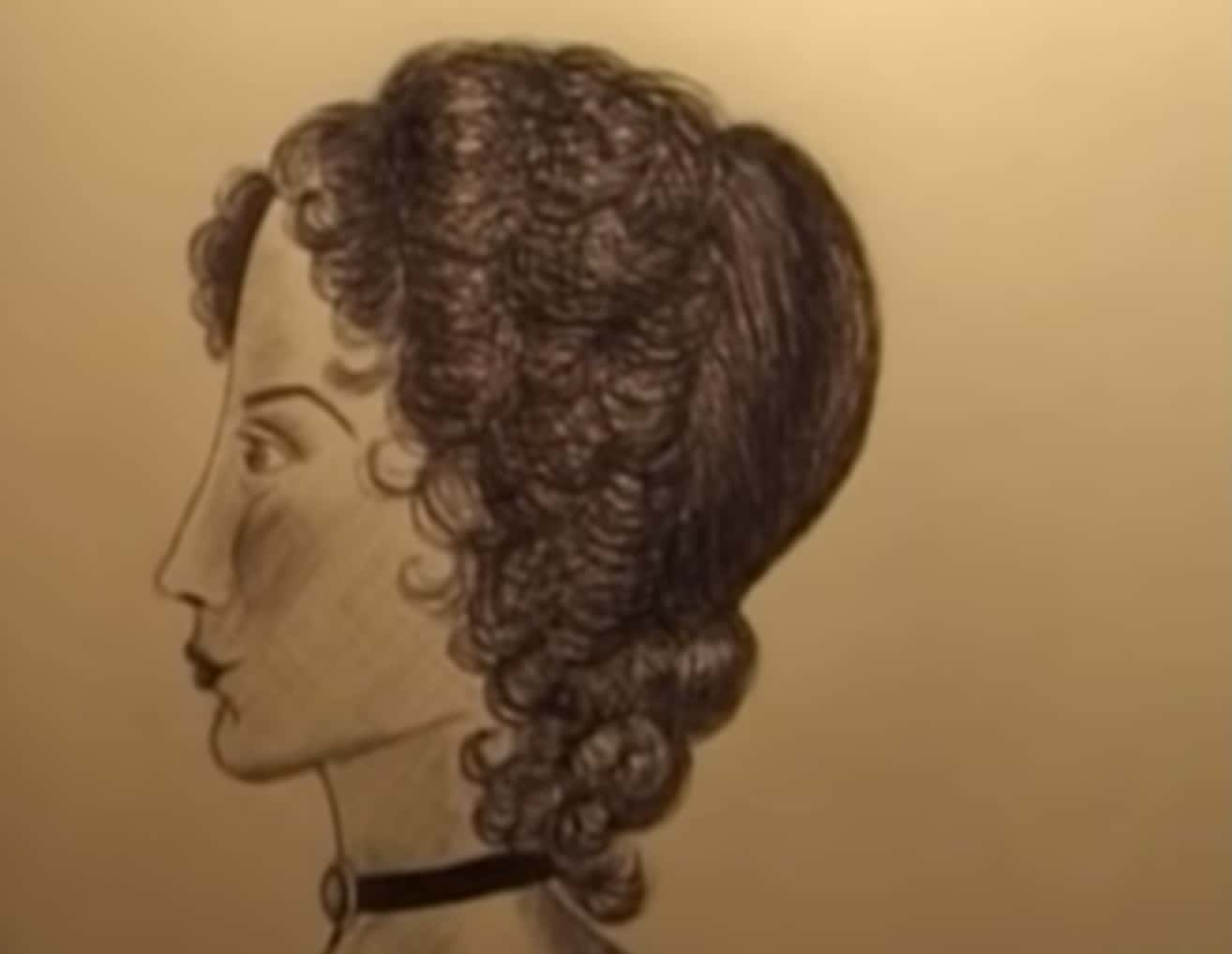 Brontë Country: The Story of Emily, Charlotte & Anne Brontë, The Great British Channel
Brontë Country: The Story of Emily, Charlotte & Anne Brontë, The Great British Channel
12. She Replaced Her
Eager to be reunited with her beloved sister, Emily returned home—but upon arrival, she made a horrifying discovery. Her father had packed up Anne’s things, and he was sending her to the very school that Emily had just left. More alone than ever before, Emily had to find a way to keep herself occupied.
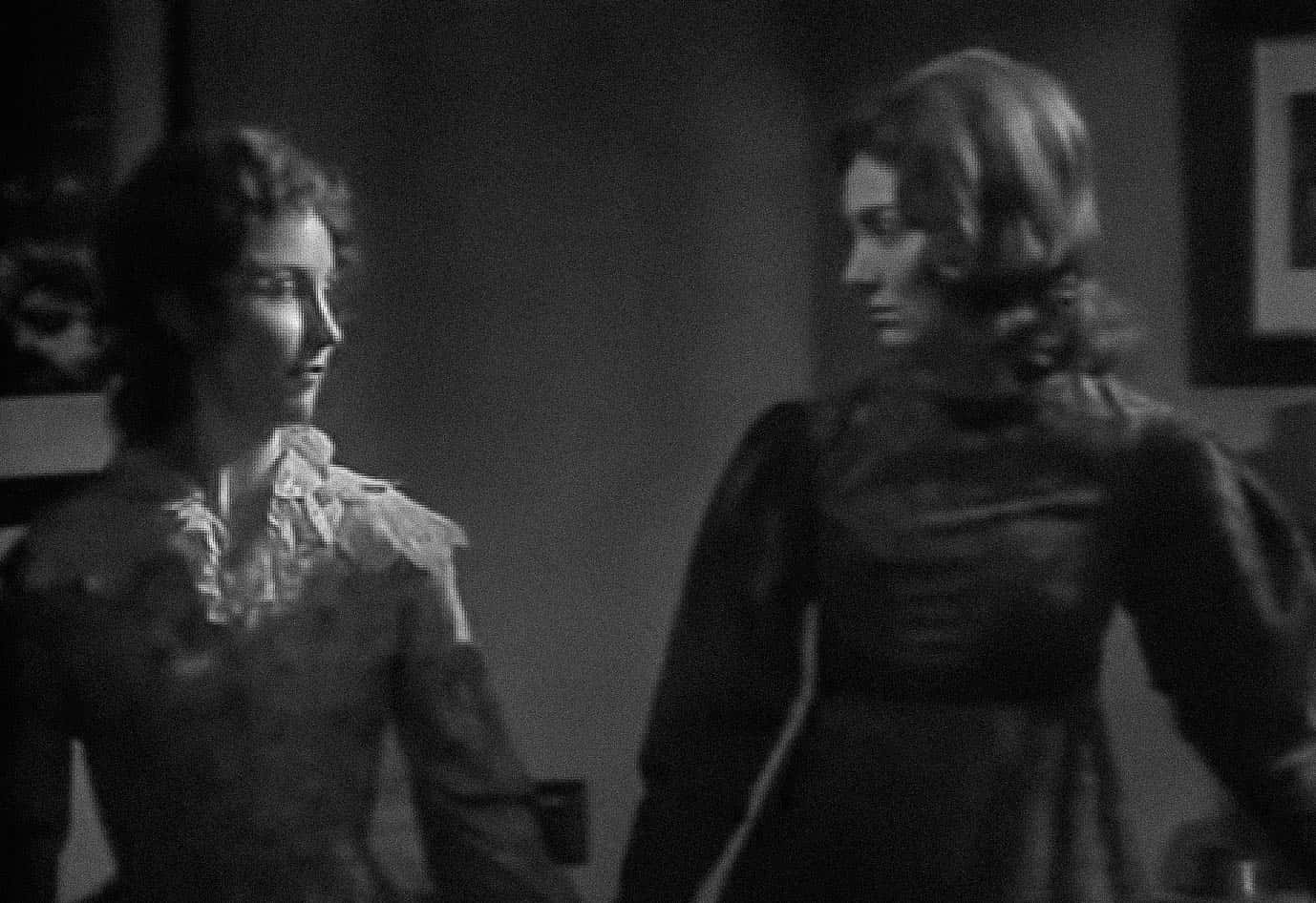 1) BRONTES OF HAWORTH (Part 1), Dale J
1) BRONTES OF HAWORTH (Part 1), Dale J
13. She Worked
The Brontë family was far from wealthy, and by the time Emily was old enough, her father expected her to contribute to the household income. In 1838, when Emily was just 20 years old, she got a job as a teacher at Law Hill School. Emily had gone from being in a comfortable and creative environment to working 17 hours a day. It was a massive change—and it did not end well.
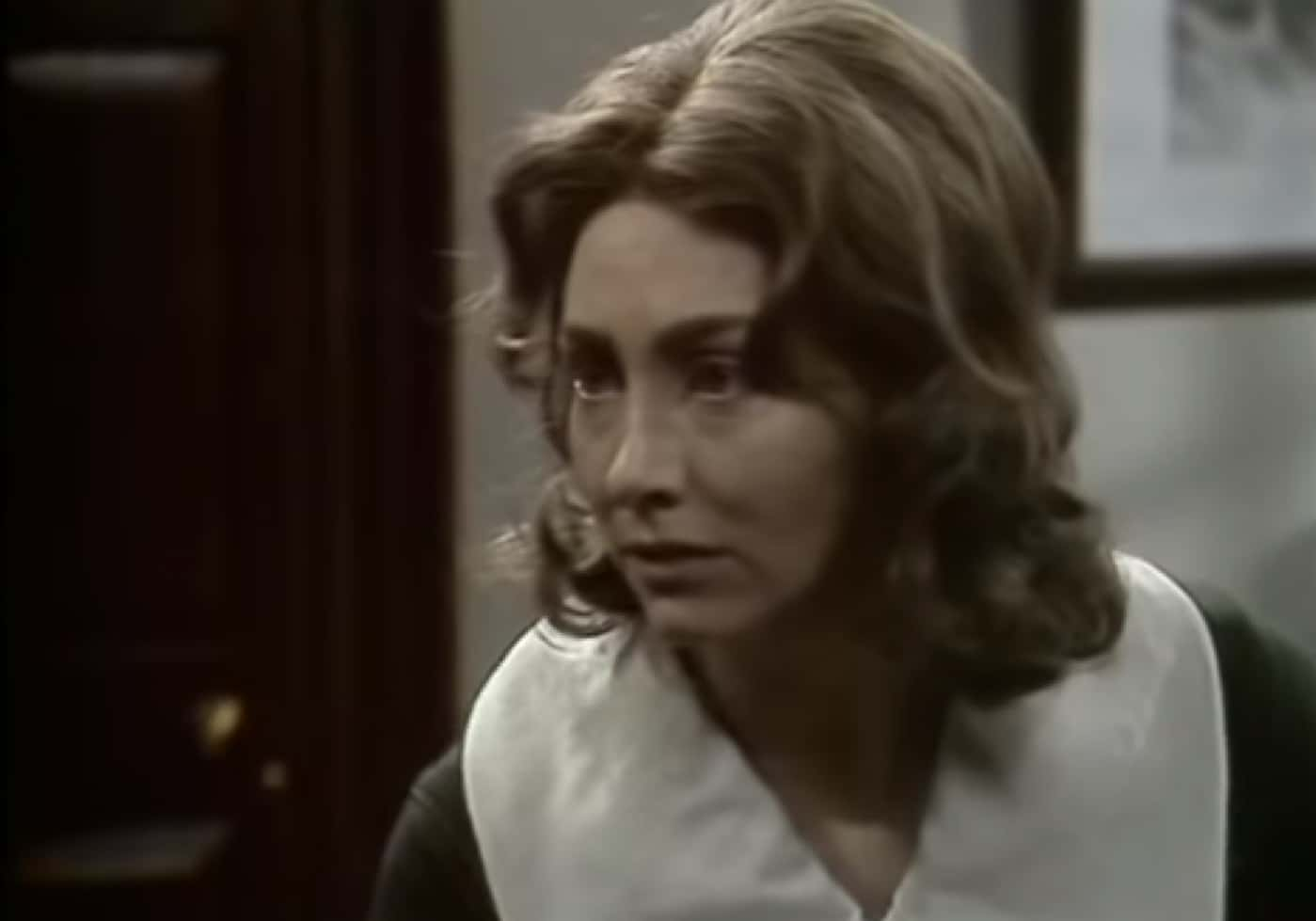 1) BRONTES OF HAWORTH (Part 1), Dale J
1) BRONTES OF HAWORTH (Part 1), Dale J
14. She Said Goodbye
It seemed that Emily liked teaching at a school about as much as she liked attending school. After six months, she said goodbye to school once more. But if she thought she could return to her idle youth again—she should've thought again.
Emily was 20 years old now and needed to pull her own weight. If she wasn’t going to work outside the house, her father was certainly going to see that she worked inside the house.
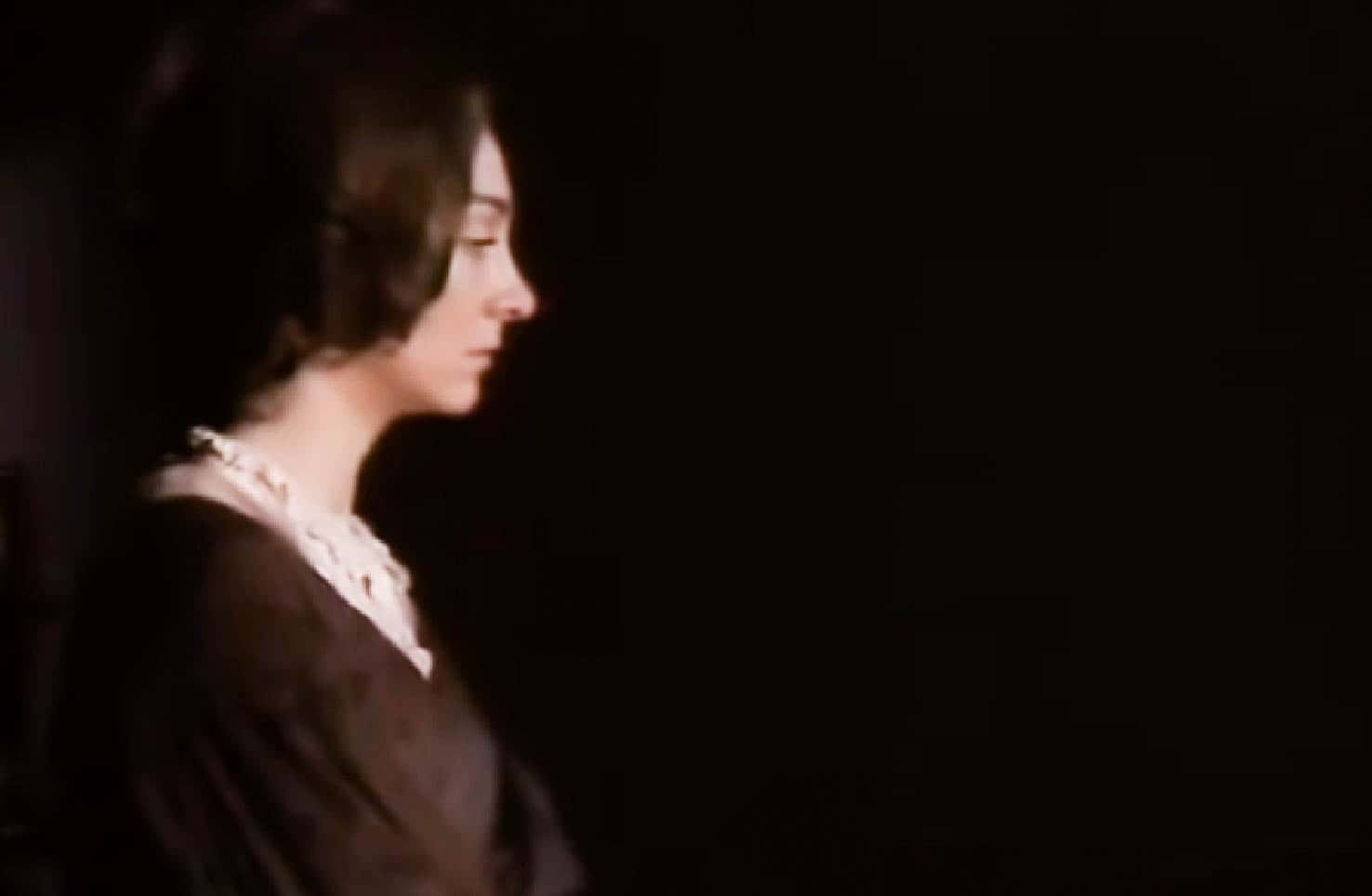 3) BRONTES OF HAWORTH (Part 3), Dale J
3) BRONTES OF HAWORTH (Part 3), Dale J
15. She Taught Herself
Back at home, Emily still had to work long, grueling hours. Her father put her in charge of cleaning, ironing, and cooking for the entire family. Emily, as it turned out, was no slouch. In addition to her chores, she practiced the piano and—with no private tutor or even a youtube channel—managed to teach herself to speak German.
Emily, however, couldn't teach herself everything.
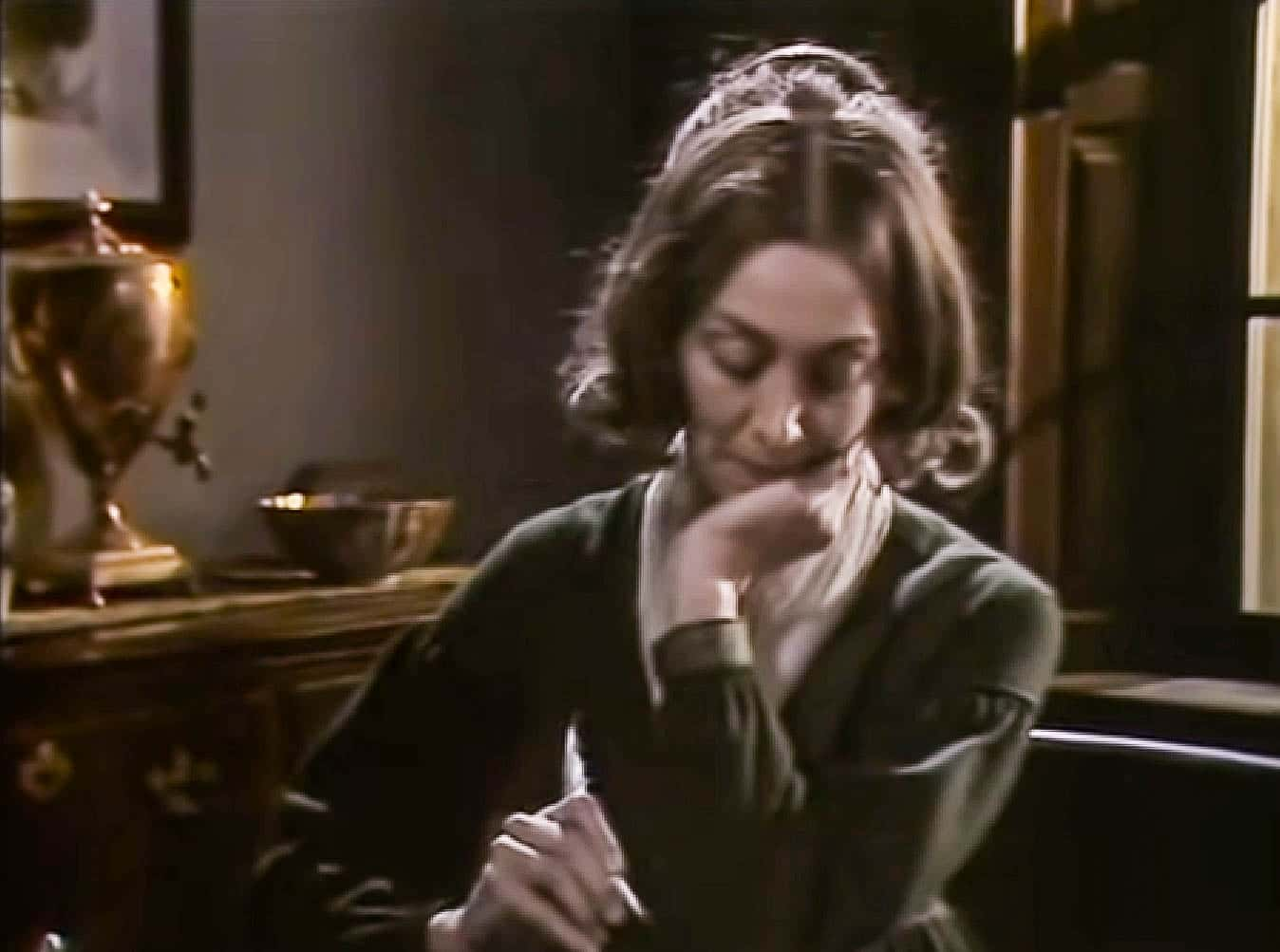 3) BRONTES OF HAWORTH (Part 3), Dale J
3) BRONTES OF HAWORTH (Part 3), Dale J
16. She Needed An Editor
Emily may have been self-taught, but it seems she had some gaps in her education. In spite of all the writing she did, she was not known for her spelling skills. In fact, when she was 16 years old she spelled “kitchen” as “kitchin,” and “pheasant” as “phesant”. For her future editors' sake, I hope her spelling improved with age.
However, despite her shortcomings, she did have one shocking talent.
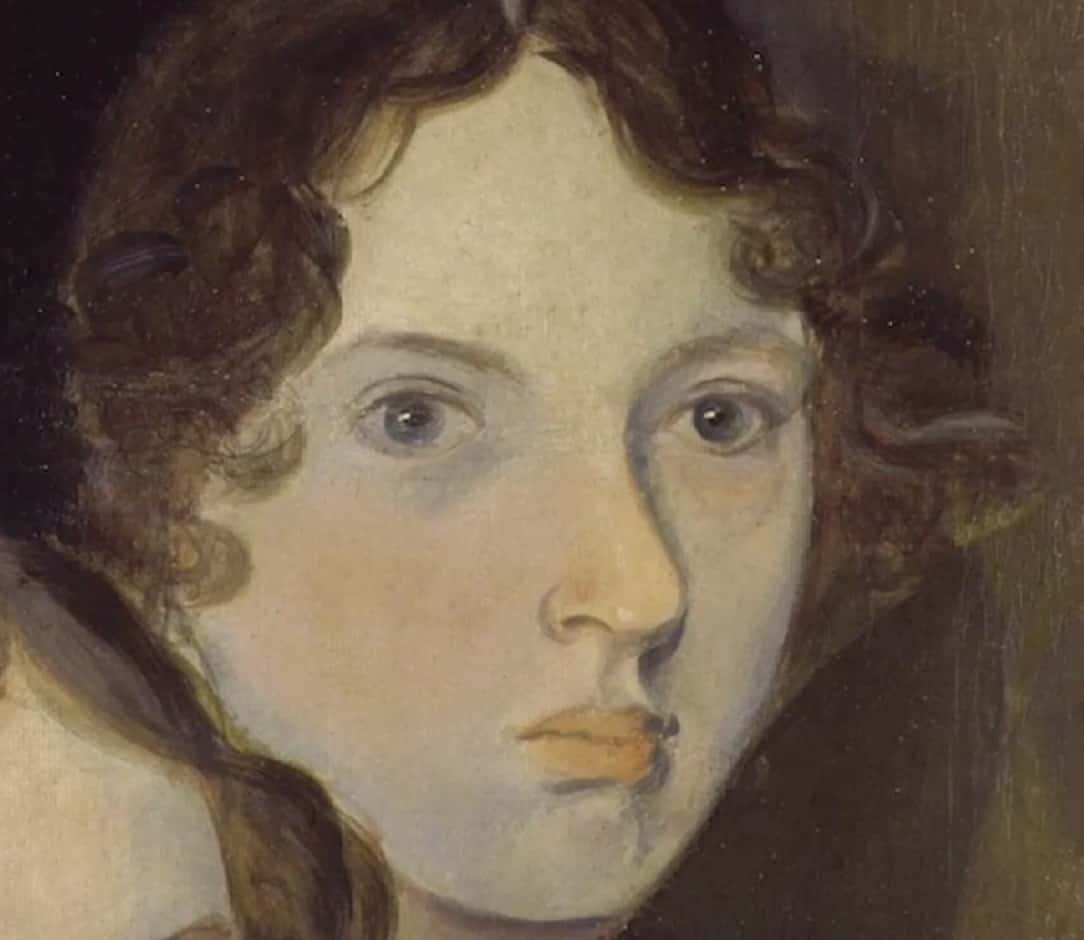 Who Was Emily Bronte? Celebrating The 200th Anniversary of Her Birth, Newsweek
Who Was Emily Bronte? Celebrating The 200th Anniversary of Her Birth, Newsweek
17. She Knew How To Nail A Target
Maybe Emily couldn’t spell, but she could, apparently, do something much more dangerous: shoot.
Her father kept a firearm on hand as there was unrest in the area, and he thought it best that they could protect themselves. At the time, it would have been more typical to teach the one Brontë son how to shoot, but her father didn’t trust Branwell. He thought Emily was the best choice.
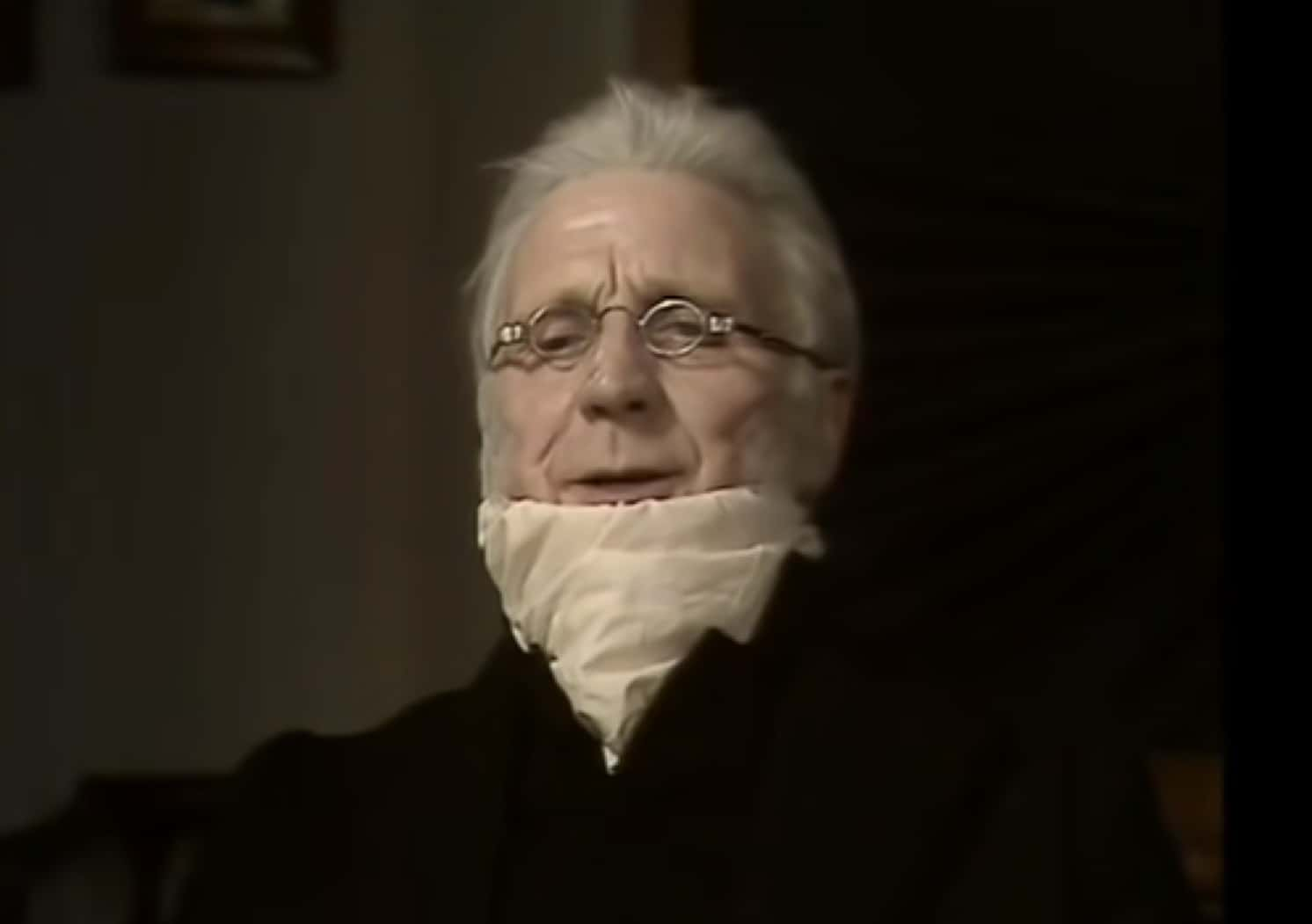 3) BRONTES OF HAWORTH (Part 3), Dale J
3) BRONTES OF HAWORTH (Part 3), Dale J
18. She Wanted To Be Perfect
Emily and her sister Charlotte, in addition to their world of fantasy, had a very realistic plan. They wanted to open their own school. To do this they had to learn languages. With this in mind, Emily and Charlotte headed off to Belgium in 1842. Here they attended the Heger Pensionnat and worked on perfecting their French and German.
Charlotte really took to Belgian culture and fit in perfectly. Emily, on the other hand, was entirely the opposite.
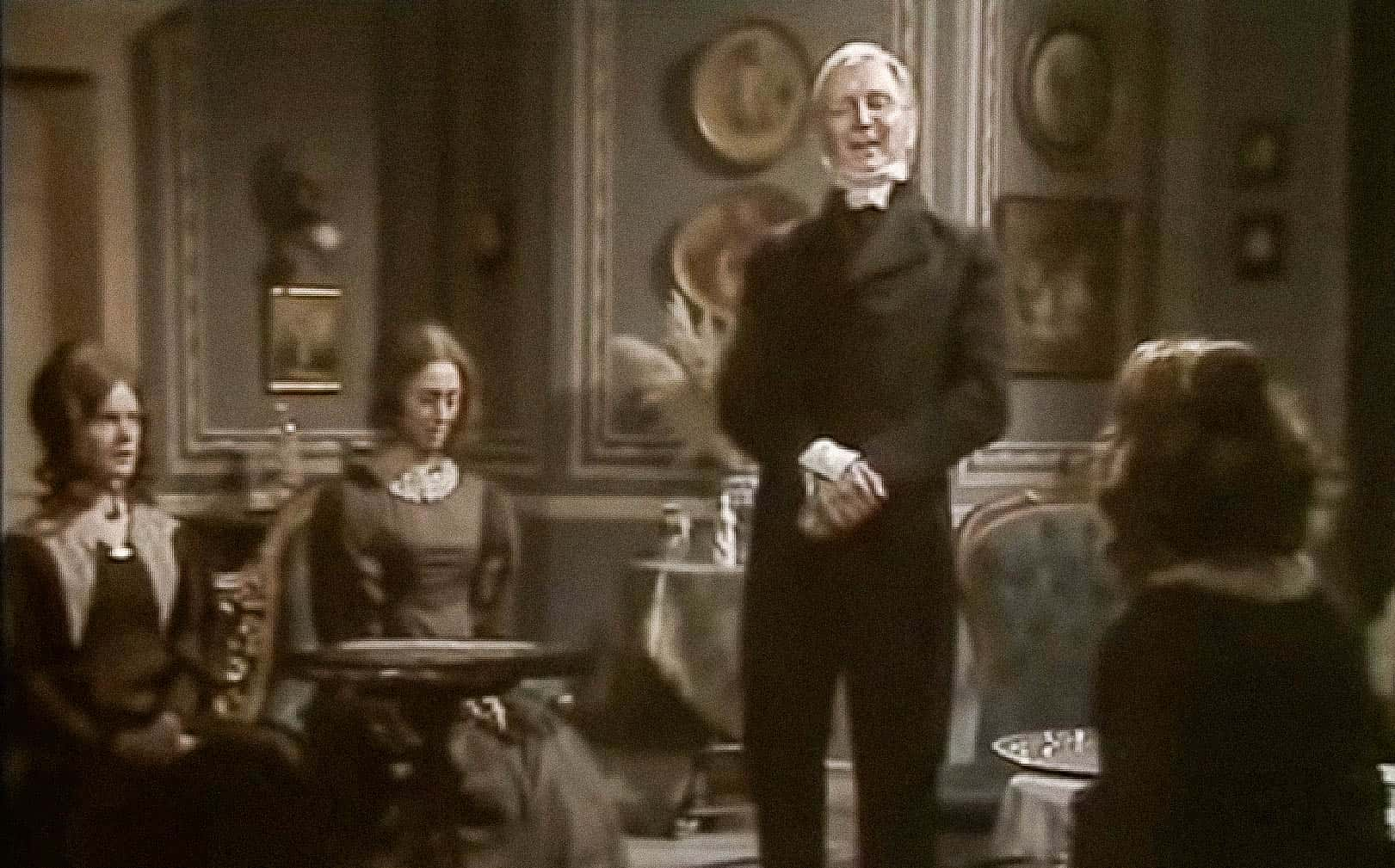 2) BRONTES OF HAWORTH (Part 2), Dale J
2) BRONTES OF HAWORTH (Part 2), Dale J
19. She Was An Outsider
Emily was not so impressed with Belgium and refused to give up her British ways. When Charlotte tried to convince her to adapt to their new country, Emily’s response was, “I wish to be as God made me". For Emily, being as God made her was making her something of an outcast. And her refusal to bend a little was getting her a reputation as obstinate.
But it wasn’t just Charlotte who noticed this. Her teacher did too, and he had something outrageous to say about it.
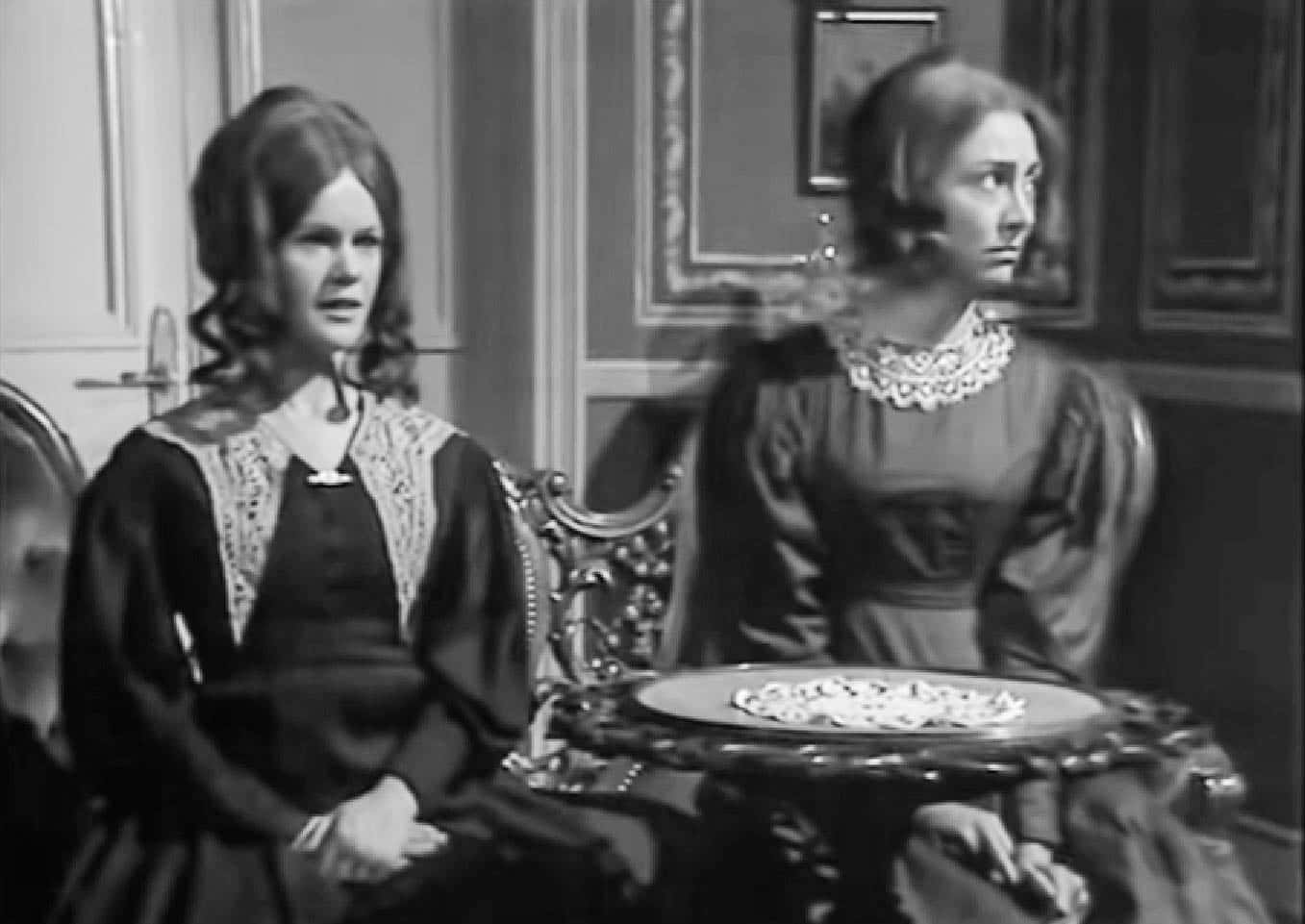 2) BRONTES OF HAWORTH (Part 2), Dale J
2) BRONTES OF HAWORTH (Part 2), Dale J
20. He Questioned Her Gender
The director of the school in Belgium, Constantin Heger went as far as to say that Emily “should have been a man”. He thought that Emily’s capacity to argue was more in keeping with a man than a woman. He also, like Charlotte, saw that Emily was stubborn.
In spite of this, Emily excelled at the school in Belgium. She did so well—it became almost impossible for them to leave.
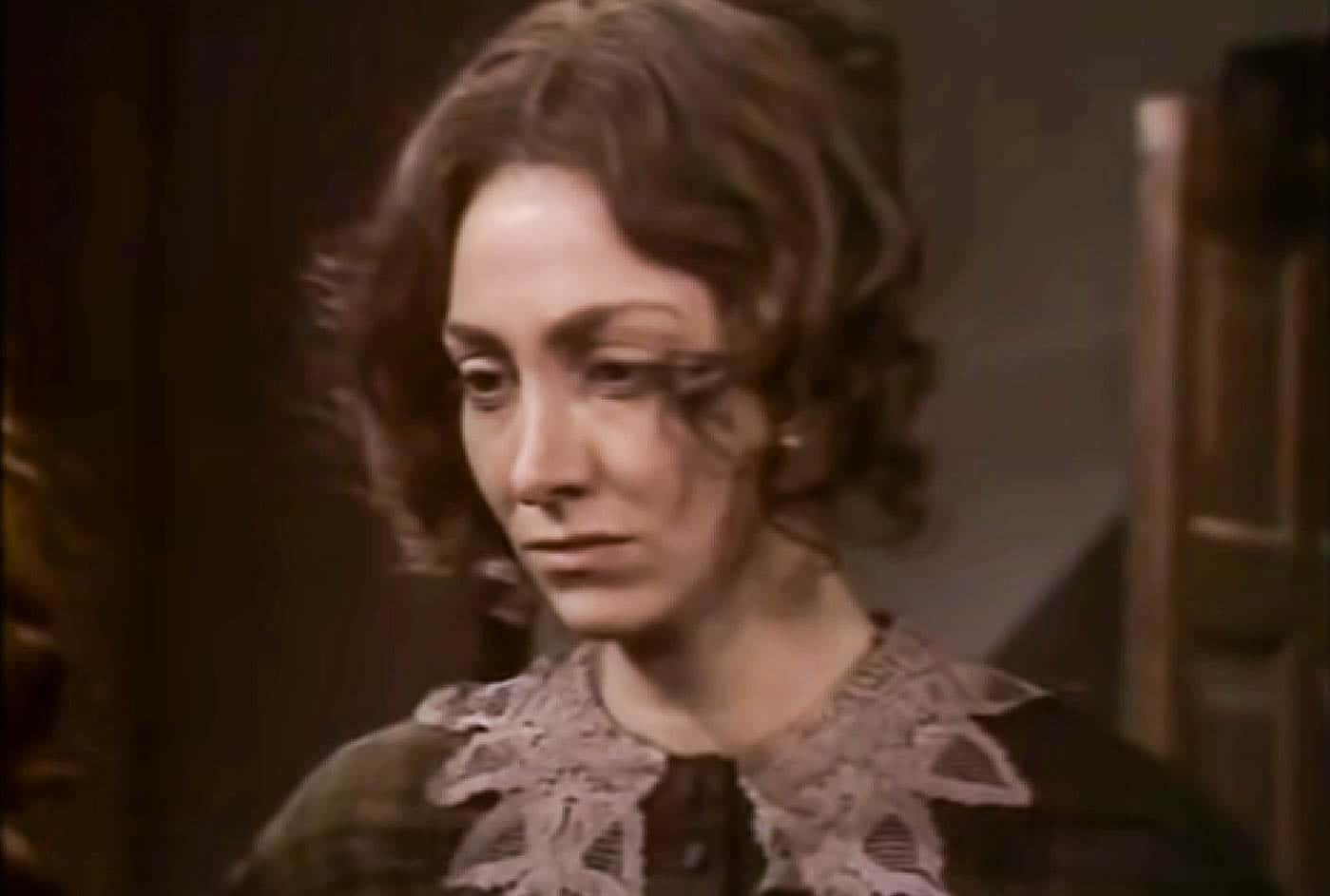 3) BRONTES OF HAWORTH (Part 3), Dale J
3) BRONTES OF HAWORTH (Part 3), Dale J
21. They Asked Her To Stay
Emily and Charlotte were doing so well at the school in Belgium that the director asked them to stay on. This didn’t mean they needed more lessons, not a chance. It meant something quite different.
They were so good at French that they were going to replace the teacher. The director also asked if Emily could stay on and teach music at the school. Things were finally looking up for Emily, at least until she received a chilling message from back home.
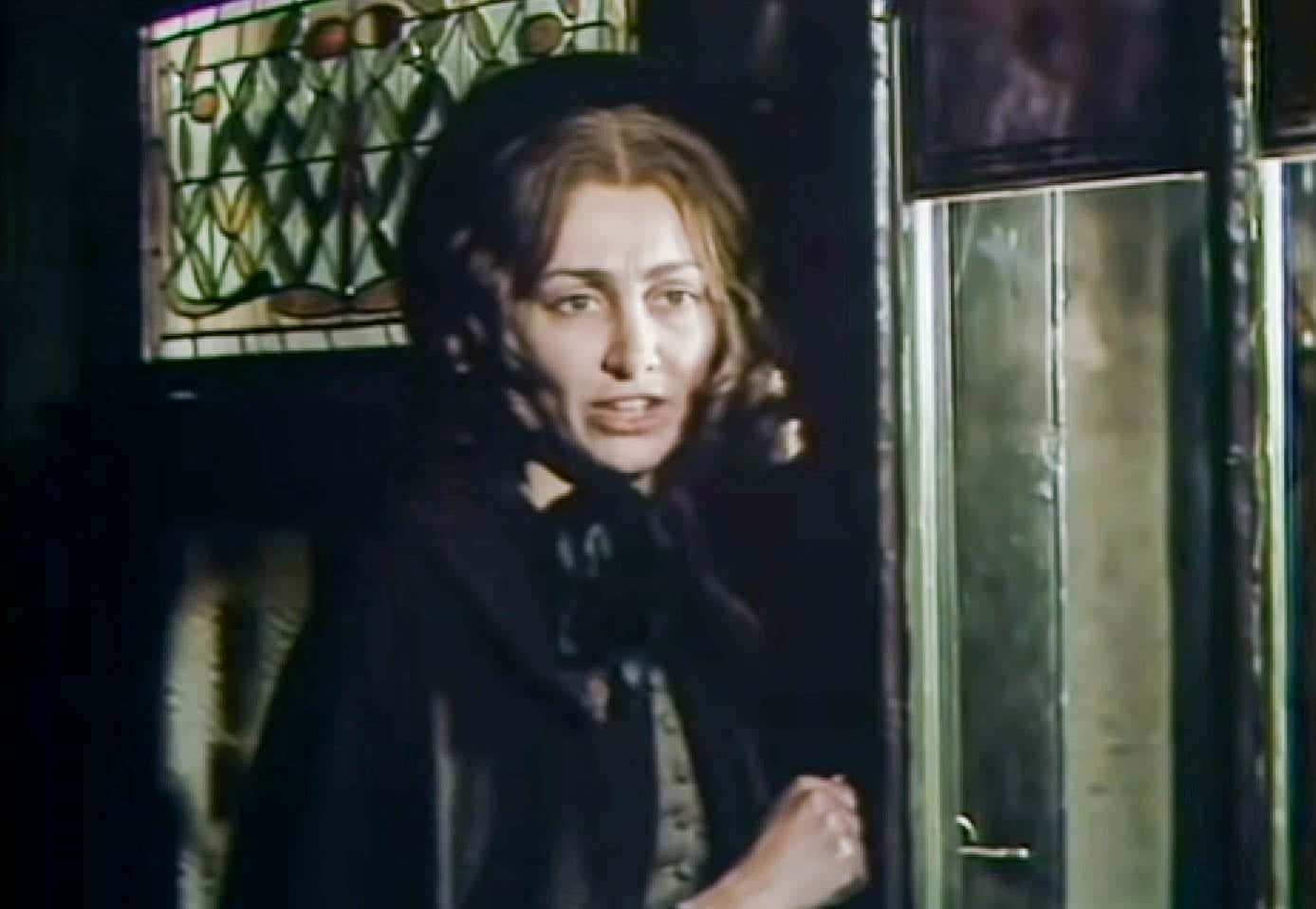 3) BRONTES OF HAWORTH (Part 3), Dale J
3) BRONTES OF HAWORTH (Part 3), Dale J
22. They Got A Message
The first message from home told Emily and Charlotte that Elizabeth—their aunt—was gravely ill. But the next message was what they feared the most.
Sadly, her aunt did not pull through and passed. Of course, this meant hurrying back to England to take care of their father and the household. Once again, illness had derailed Emily’s plans.
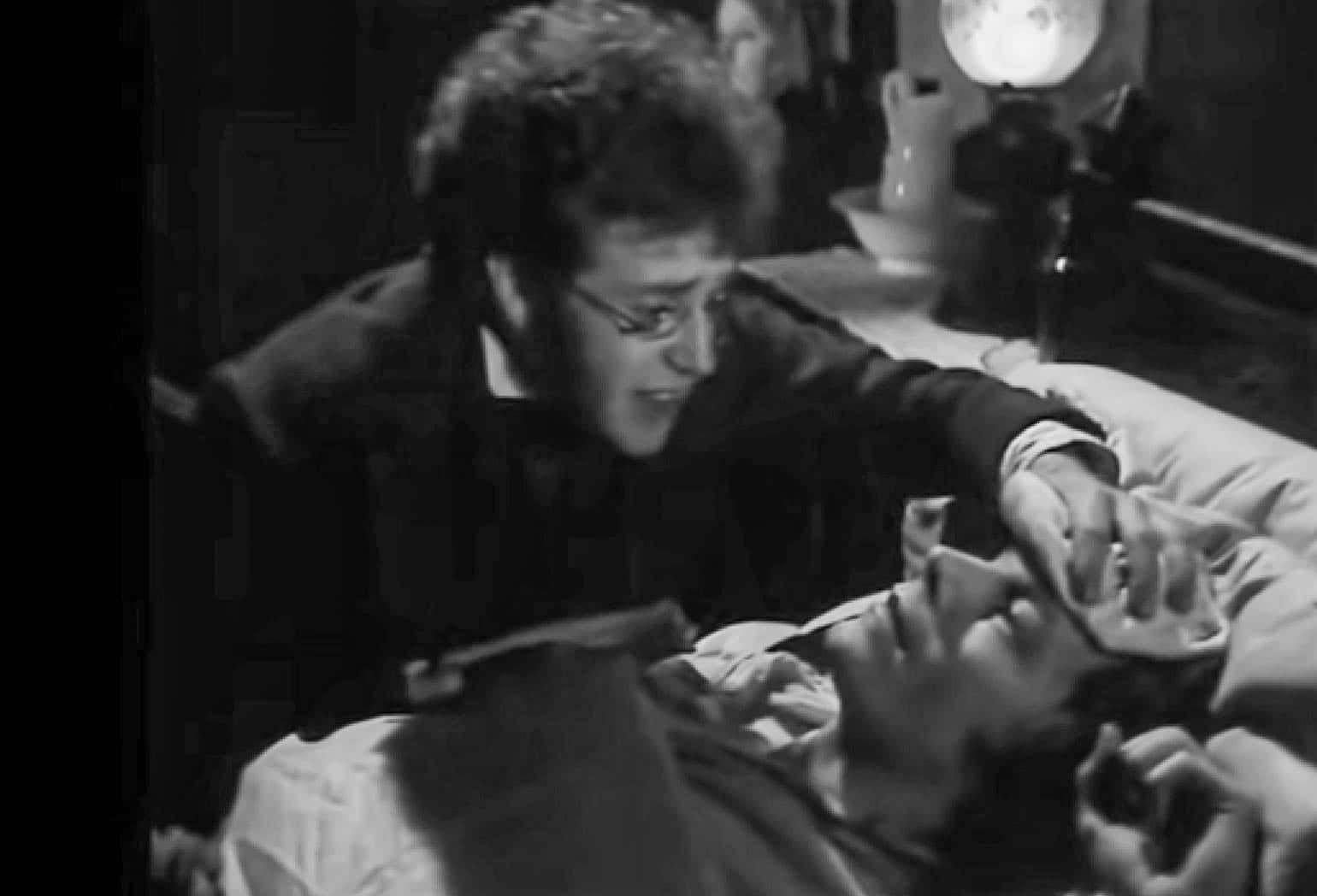 2) BRONTES OF HAWORTH (Part 2), Dale J
2) BRONTES OF HAWORTH (Part 2), Dale J
23. She Pursued Her Dream
Despite the tragic loss of her aunt, Emily's ambitions still haunted her. She wanted to open her own school. Now that her French was close to perfect, and her musical ability was also in good standing, she decided to give it a try. Emily and Charlotte set up the school in their own house. They meticulously prepared everything, but there was one thing they hadn’t thought about.
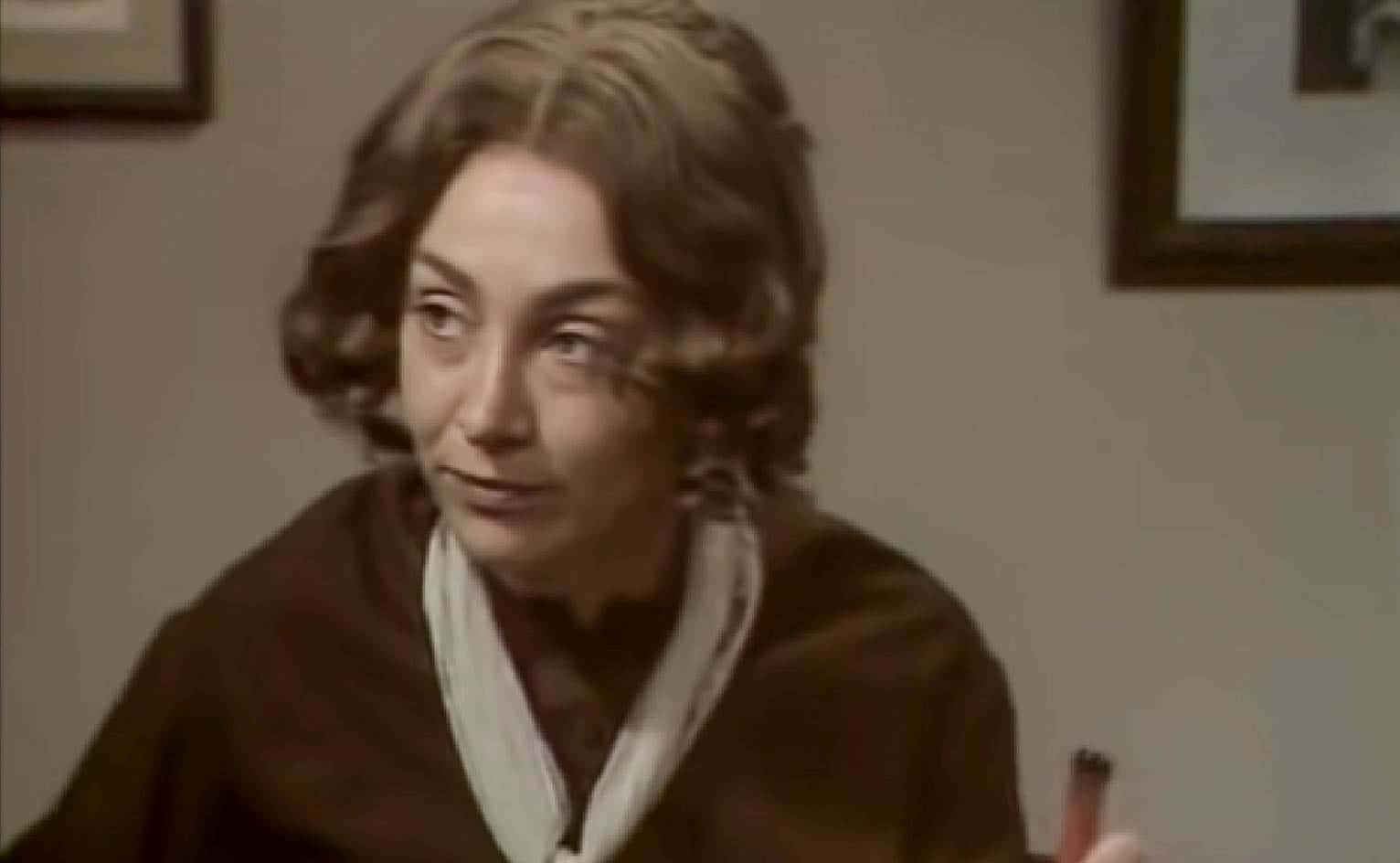 3) BRONTES OF HAWORTH (Part 3), Dale J
3) BRONTES OF HAWORTH (Part 3), Dale J
24. They Forgot One Important Thing
In 1884, the Brontë sisters opened the doors to their school. Unfortunately, when they opened them, there was no one waiting to enter.
One thing Emily and her sisters had forgotten about was how remote their home was. No parent wanted their child to have their education so far from the city. Emily’s dream came crashing down around her. In her grief, she began to take account of her life—and it led her straight to her destiny.
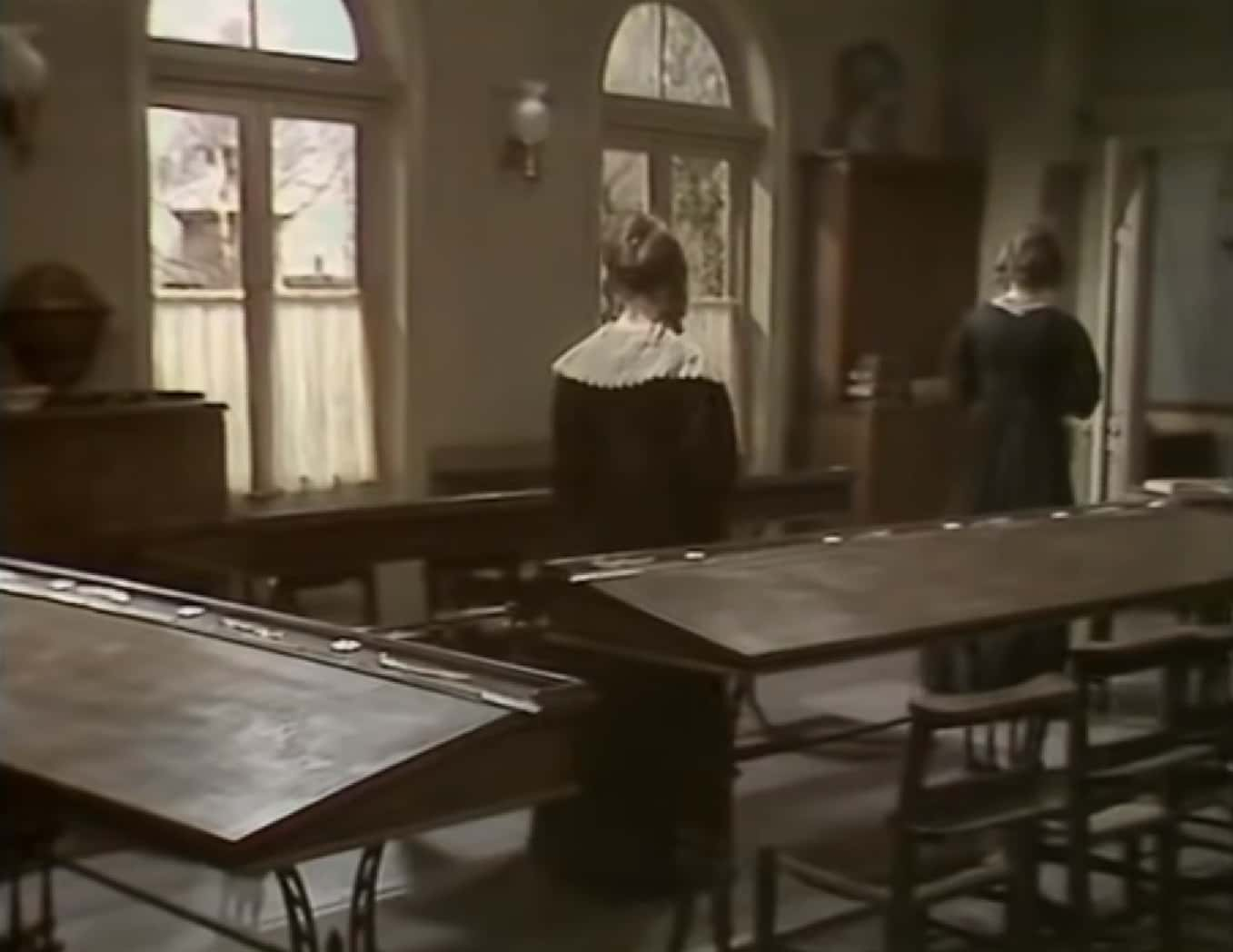 2) BRONTES OF HAWORTH (Part 2), Dale J
2) BRONTES OF HAWORTH (Part 2), Dale J
25. She Hid Them
While Emily was taking stock of what she had accomplished in her short life, she came across some of the poems she’d written when she was younger. Far from being embarrassed by her juvenile attempts, she actually impressed herself.
She decided to recopy the poems into a proper notebook. But for some reason, maybe self-consciousness, Emily didn’t tell her sisters that she intended to preserve the poems. She hid them away and hoped no one would see them. Well, it didn’t quite turn out that way.
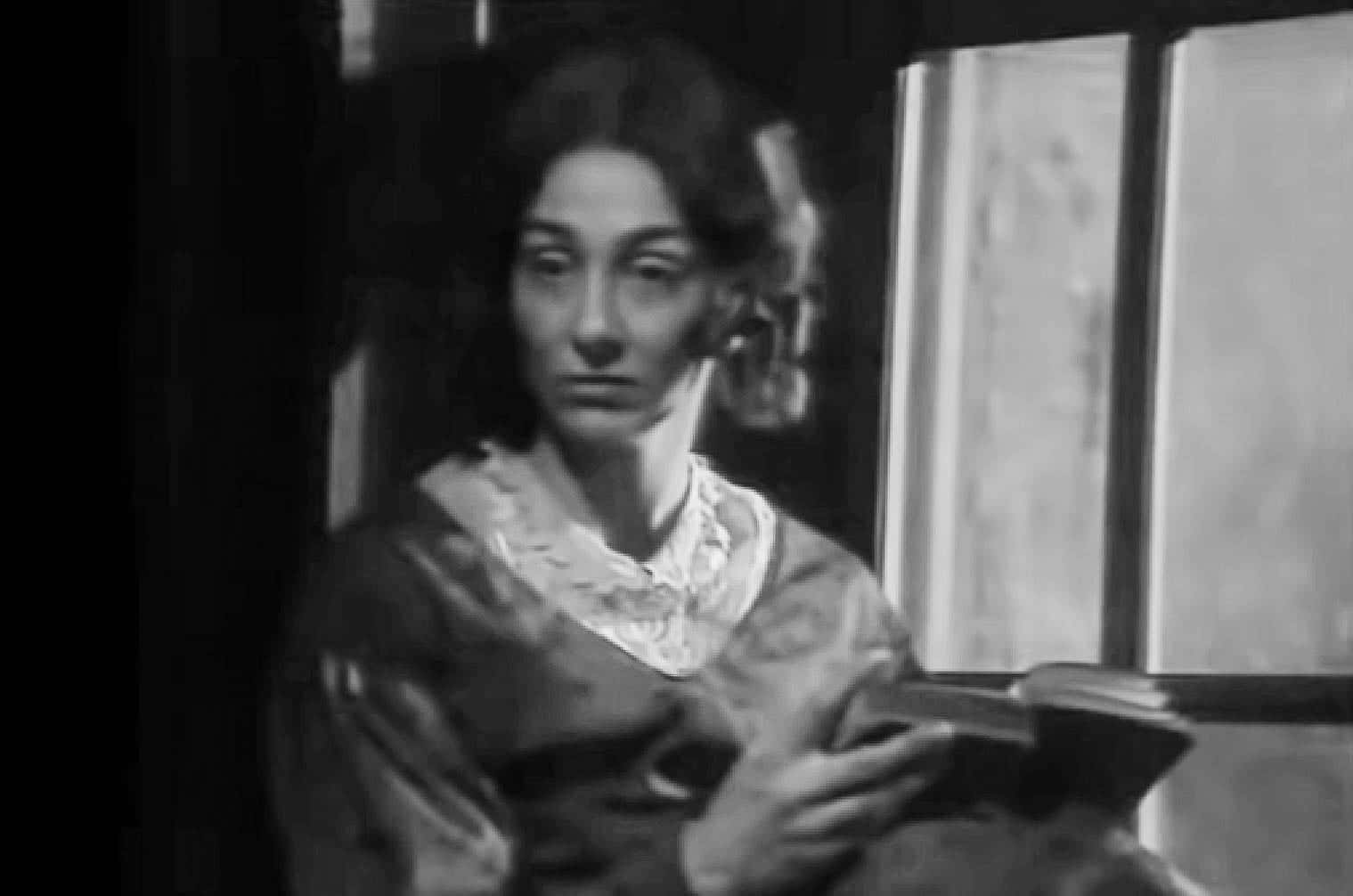 3) BRONTES OF HAWORTH (Part 3), Dale J
3) BRONTES OF HAWORTH (Part 3), Dale J
26. She Found Them
One day in 1845, Charlotte, for some reason, rifled through Emily’s private things and found Emily’s poetry notebooks. One notebook had no title, and the other was called Gondal Poems. Charlotte knew that Gondal was the secret world that Emily had created with her younger sister, Anne.
Charlotte, who must have known she was invading her sister’s privacy, decided to read the poems anyway. What she discovered in the notebooks made it clear she had to act immediately.
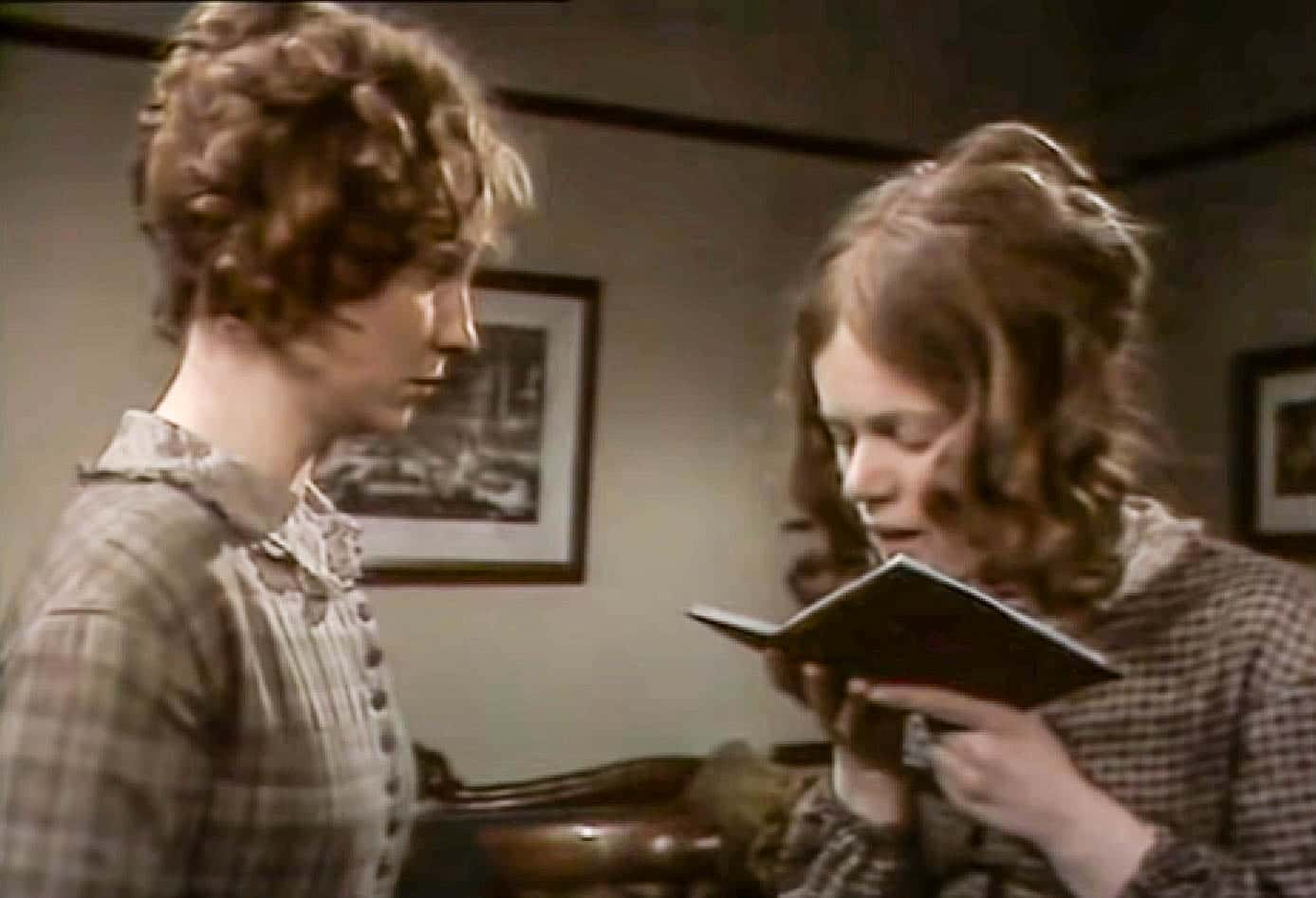 3) BRONTES OF HAWORTH (Part 3), Dale J
3) BRONTES OF HAWORTH (Part 3), Dale J
27. She Was In A Tough Spot
Charlotte thought Emily’s poems were fantastic. In fact, she thought she should show them to a publisher immediately. There was only one problem.
She’d have to admit that she was going through Emily’s things without her sister’s permission. Charlotte was in a tough spot: admit to her sister that she was a snoop or allow the poems to stay hidden from the public forever.
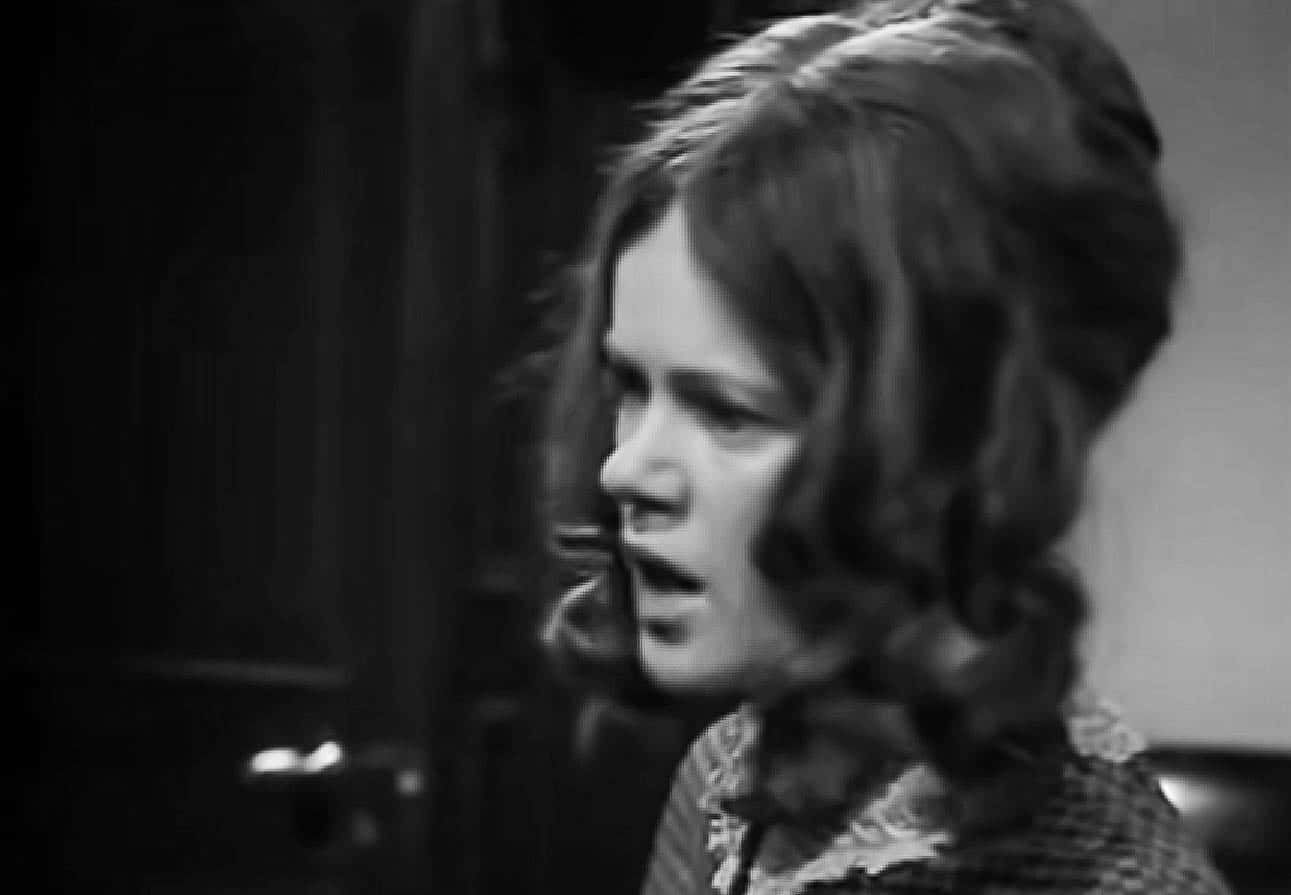 3) BRONTES OF HAWORTH (Part 3), Dale J
3) BRONTES OF HAWORTH (Part 3), Dale J
28. She Flew Into A Rage
Charlotte decided that the poems were too good to keep under wraps. She approached Emily and told her the truth, confessing that she'd invaded her sister’s privacy. Emily responded exactly as Charlotte had predicted: She flew into a rage.
She could not forgive Charlotte for what she had done and also refused to let Charlotte show her poems to a publisher. It should have been the end of the argument, but then Anne walked into the room and everything changed.
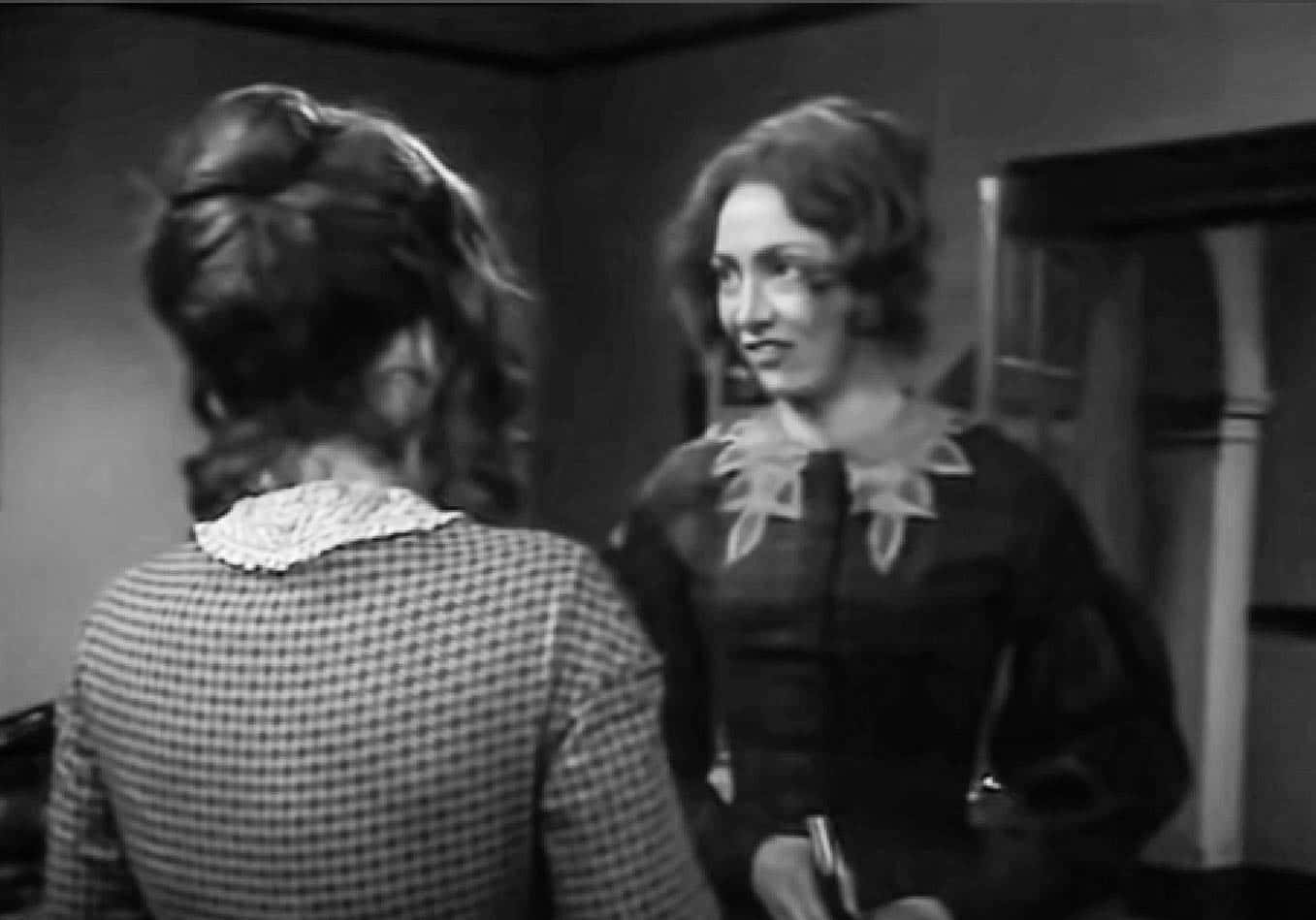 3) BRONTES OF HAWORTH (Part 3), Dale J
3) BRONTES OF HAWORTH (Part 3), Dale J
29. She Was Dumbstruck
Anne heard her sisters arguing, and she knew what she could do to stop them. She entered the room carrying her own notebooks, which she’d filled with her own secret poems that were also about the world of Gondal. Emily was dumbstruck.
Anne’s poems were just as good as her own. Surely there was something here that they could sell to the reading public. They gave up on the idea of starting a school and decided to look for a publisher.
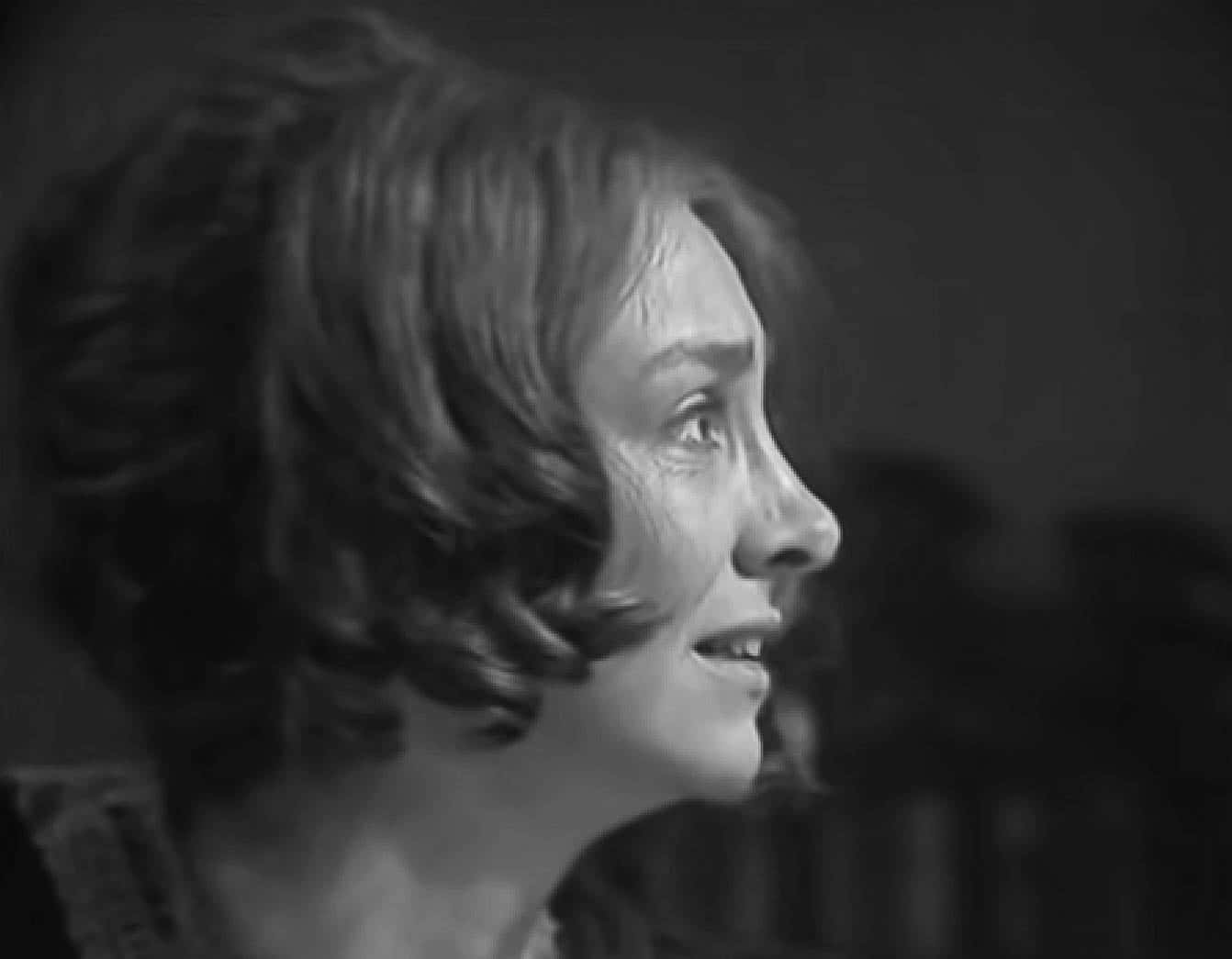 3) BRONTES OF HAWORTH (Part 3), Dale J
3) BRONTES OF HAWORTH (Part 3), Dale J
30. They Had A Plan
Emily and Anne, together with Charlotte, decided to try to publish their poetry. In 1846, they found a publisher who wanted to publish all three of the Brontë sister’s poems. When it came time to print the books, the printer wanted to know what names to put as the writers of the 61 poems in the collection. This made the Bronte sisters pause.
They remembered that sometimes women authors were not taken as seriously as their male counterparts. That’s when the sisters came up with a plan.
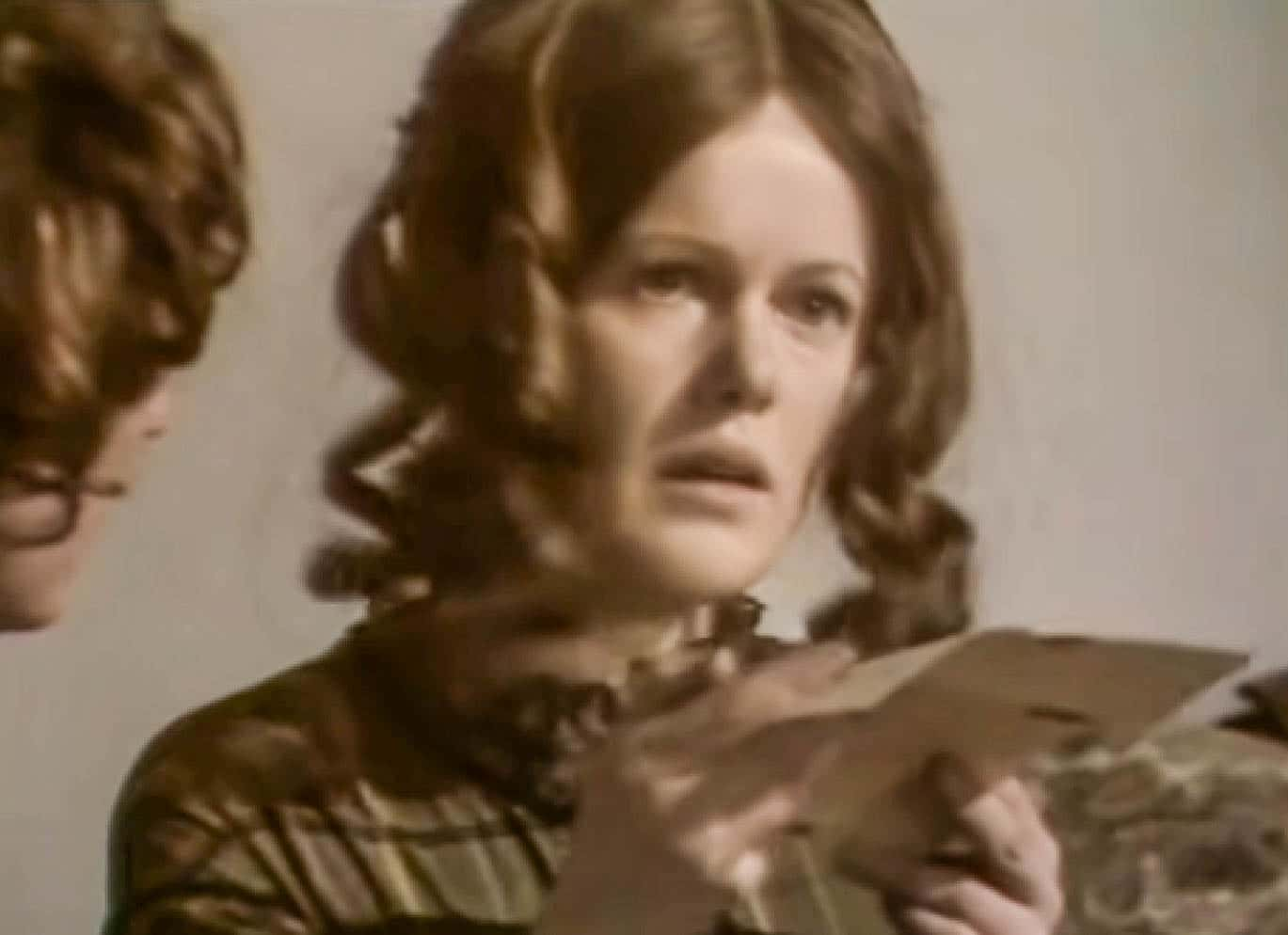 3) BRONTES OF HAWORTH (Part 3), Dale J
3) BRONTES OF HAWORTH (Part 3), Dale J
31. They Became Men
Emily and her sisters really wanted their book of poetry to sell, so they came up with three male names as pseudonyms to put on the books as the writers. Charlotte became Currer, Anne became Acton, and Emily took the name Ellis. The three fictitious male authors all shared the same last name: Bell. In this way, the Brontë sisters all retained their initials.
Now all Emily and her sisters had to do was wait for the book to sell.
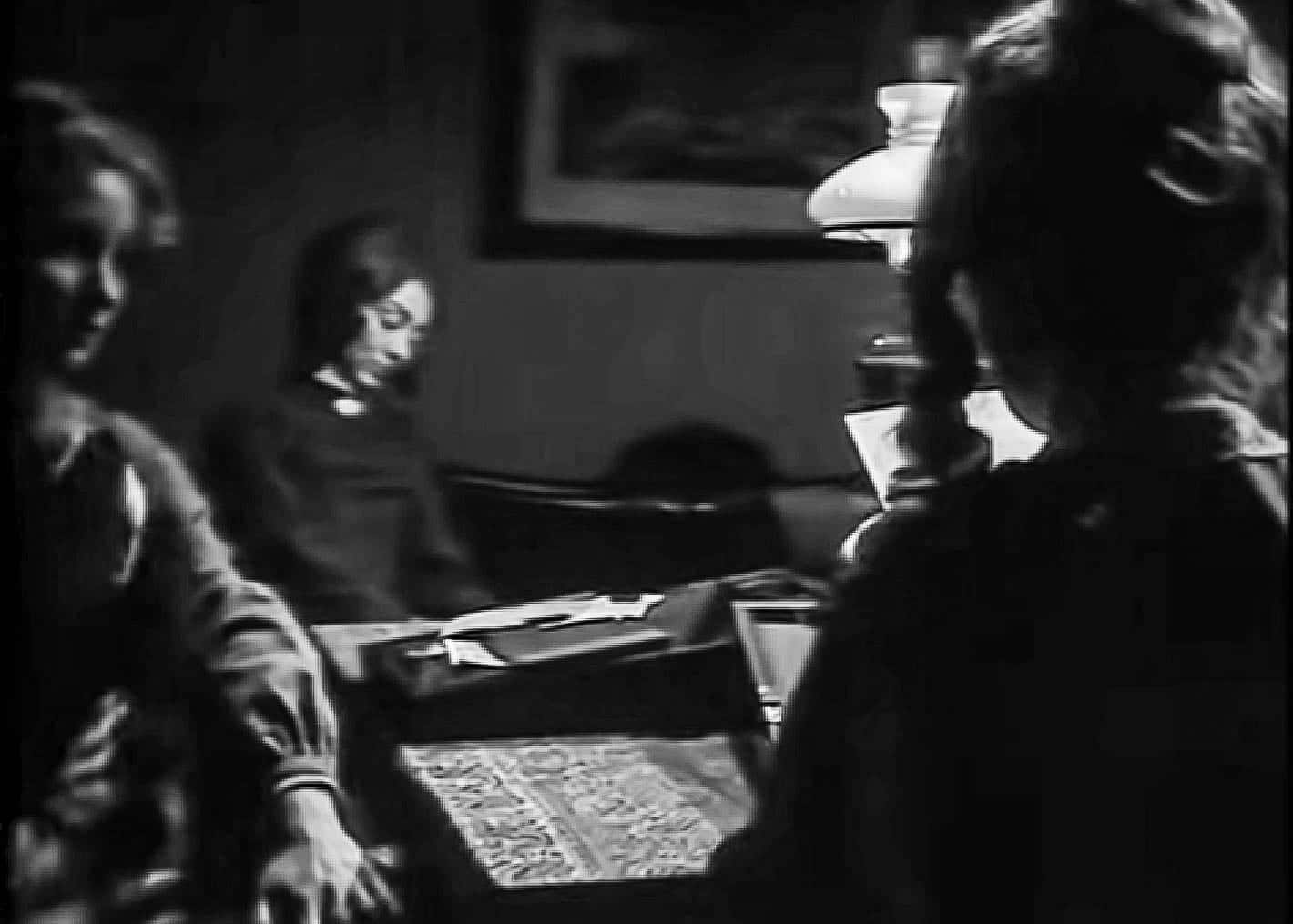 3) BRONTES OF HAWORTH (Part 3), Dale J
3) BRONTES OF HAWORTH (Part 3), Dale J
32. They Had Critics
The book of poetry by Emily and her sisters did sell...but only two copies. One of the two readers actually sent a letter asking for the autographs of the writers. The three women tried not to feel discouraged.
Despite only selling a couple of copies, there were reviews. One critic singled out the poems of Ellis, who was actually Emily, as the best poet of the three.
Emily had tasted a small spoonful of fame—and she wanted more.
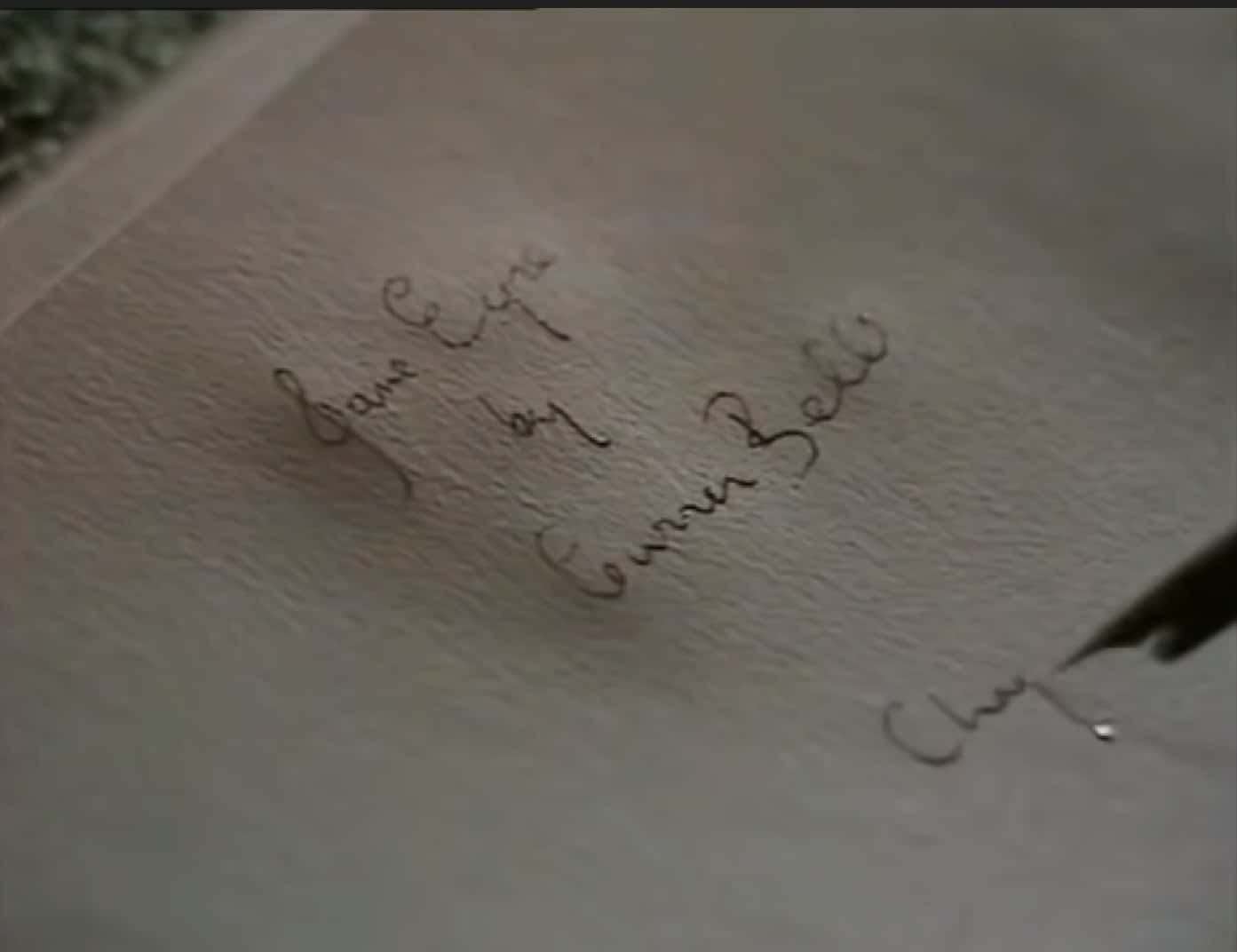 3) BRONTES OF HAWORTH (Part 3), Dale J
3) BRONTES OF HAWORTH (Part 3), Dale J
33. They Published As A Pair
Just one year after Emily had her poems published, she went to a publisher with her first novel. Thomas Cautley Newby read Emily’s Wuthering Heights and was immediately ready to go ahead and publish it. His plan was to publish it alongside Anne Brontë’s book, Agnes Grey. Both women decided to continue to use their male aliases to help with book sales.
Emily had no idea what effect her book would have on readers.
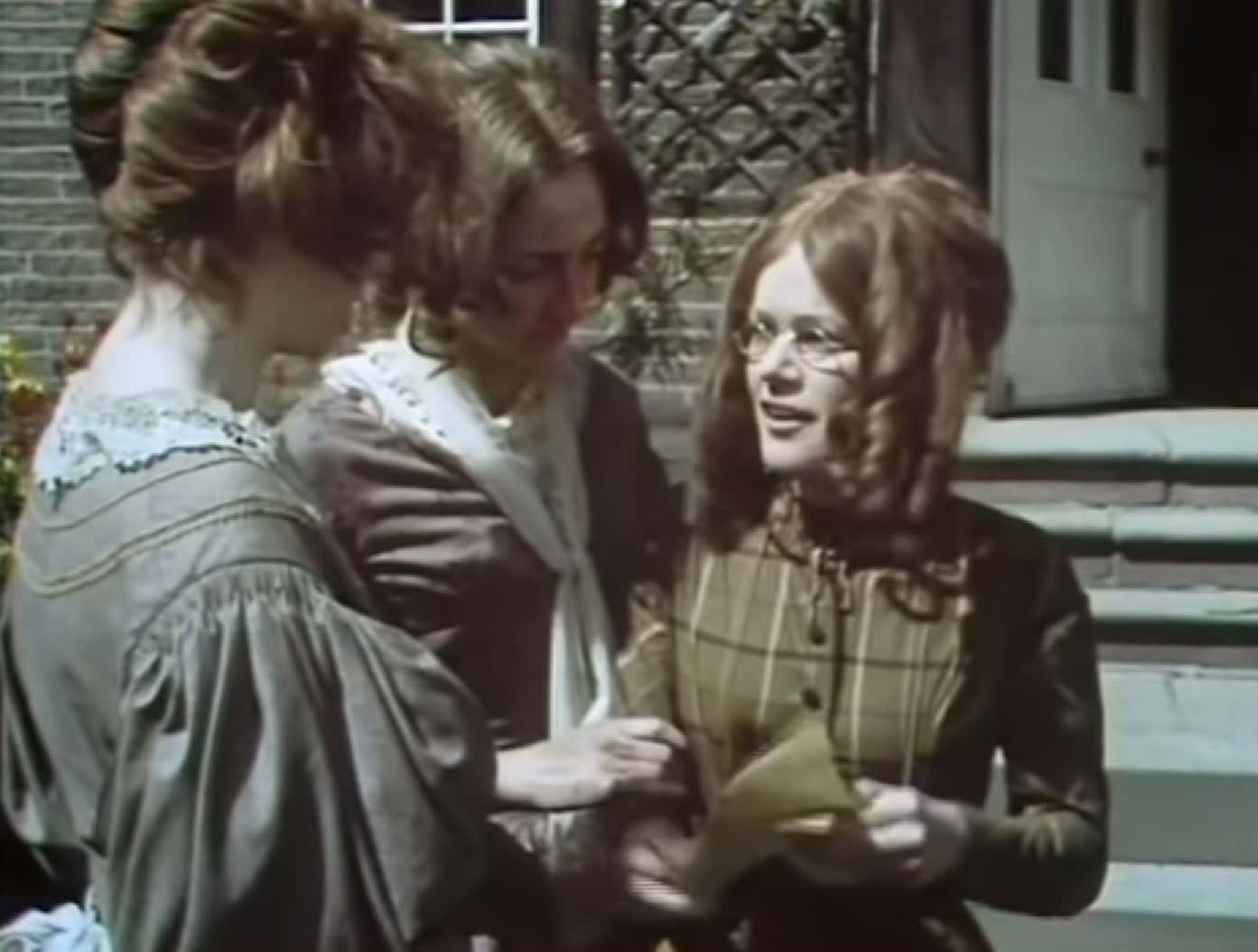 4) BRONTES OF HAWORTH (Part 4), Dale J
4) BRONTES OF HAWORTH (Part 4), Dale J
34. They Had To Wait
Even though the publisher accepted Emily’s and Anne’s books first, he published Charlotte’s novel, Jane Eyre, before the other two. Because her book came out first, it was Charlotte who got recognition for revolutionizing prose fiction.
Her book was an intimate portrayal of a young woman’s life—something that hadn’t been done before. Because Charlotte published under her pen name, Currer Bell, the public was now ready to read books by the other “Bell brothers”.
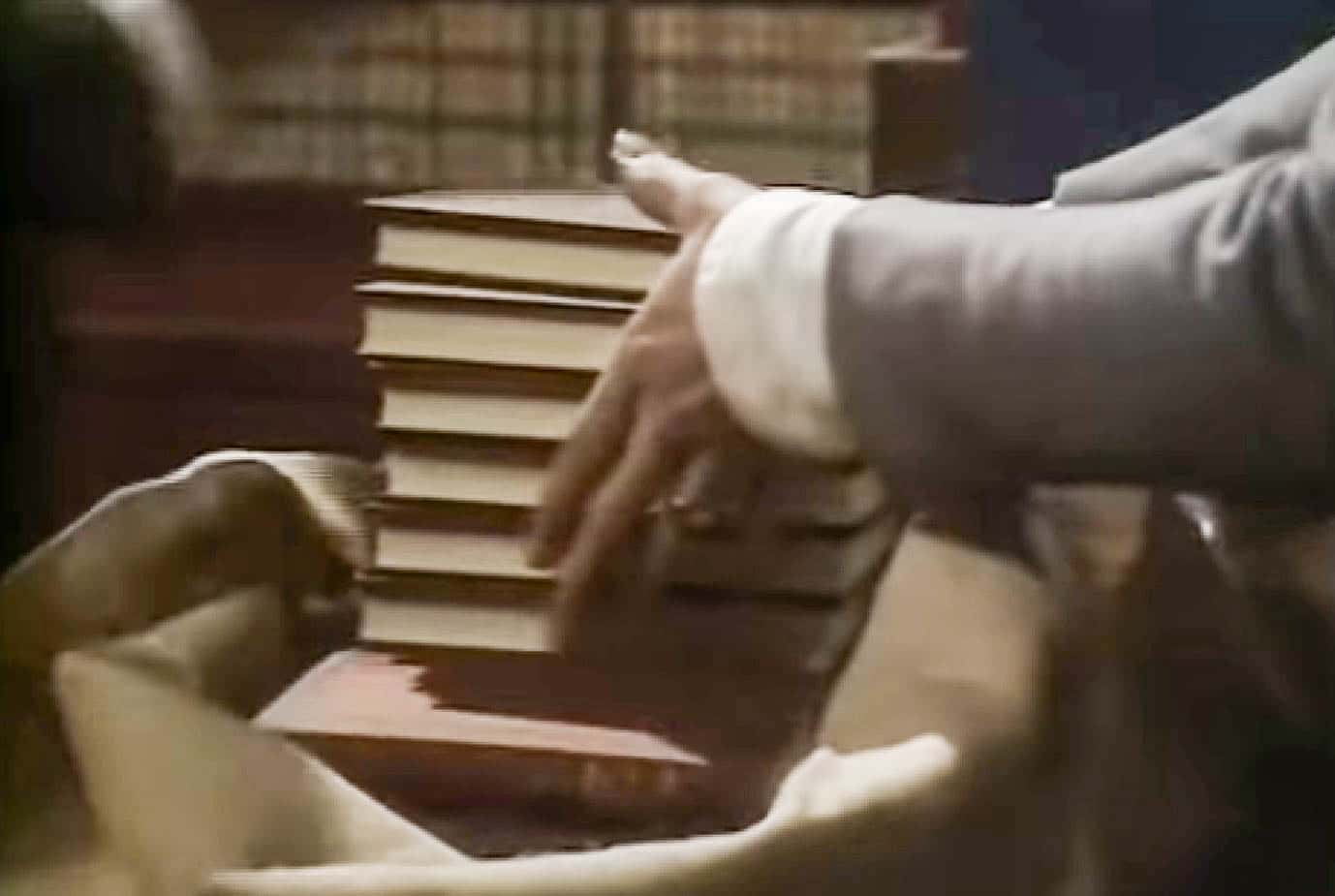 4) BRONTES OF HAWORTH (Part 4), Dale J
4) BRONTES OF HAWORTH (Part 4), Dale J
35. She Appalled Them
The reading public picked up Wuthering Heights with the expectation of it being similar to Jane Eyre. Boy, were they wrong.
The Victorian-era readers of Wuthering Heights had three different reactions to the book: it impressed, bewildered, and appalled them. One thing was clear: They had no trouble believing that the author was a man. In fact, many could never imagine such passion and powerful language coming from a woman.
It was just a matter of time until the true identity of the writer would throw them for a loop.
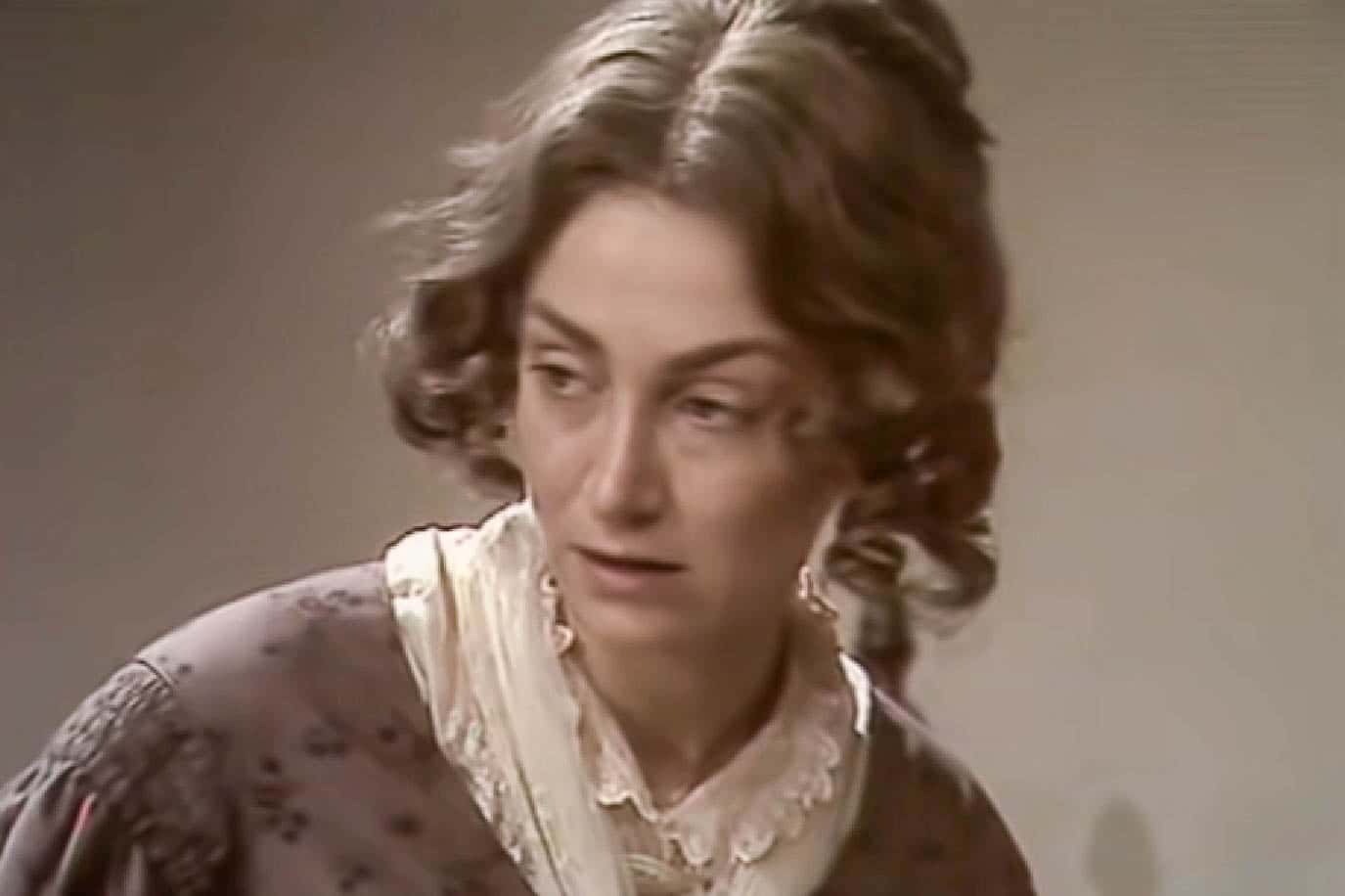 3) BRONTES OF HAWORTH (Part 3), Dale J
3) BRONTES OF HAWORTH (Part 3), Dale J
36. She Became Ill
The reviews of Wuthering Heights were mostly mixed, and Emily went back to her ordinary life with her family. The frigid temperatures at this time got to Emily. The weather was harsh and unrelenting and, of course, central heating was still a long way away. Emily’s health suffered, but she tried to be strong. Some claim that she even started a second novel.
There was, however, something else behind her poor health, and it was downright shocking.
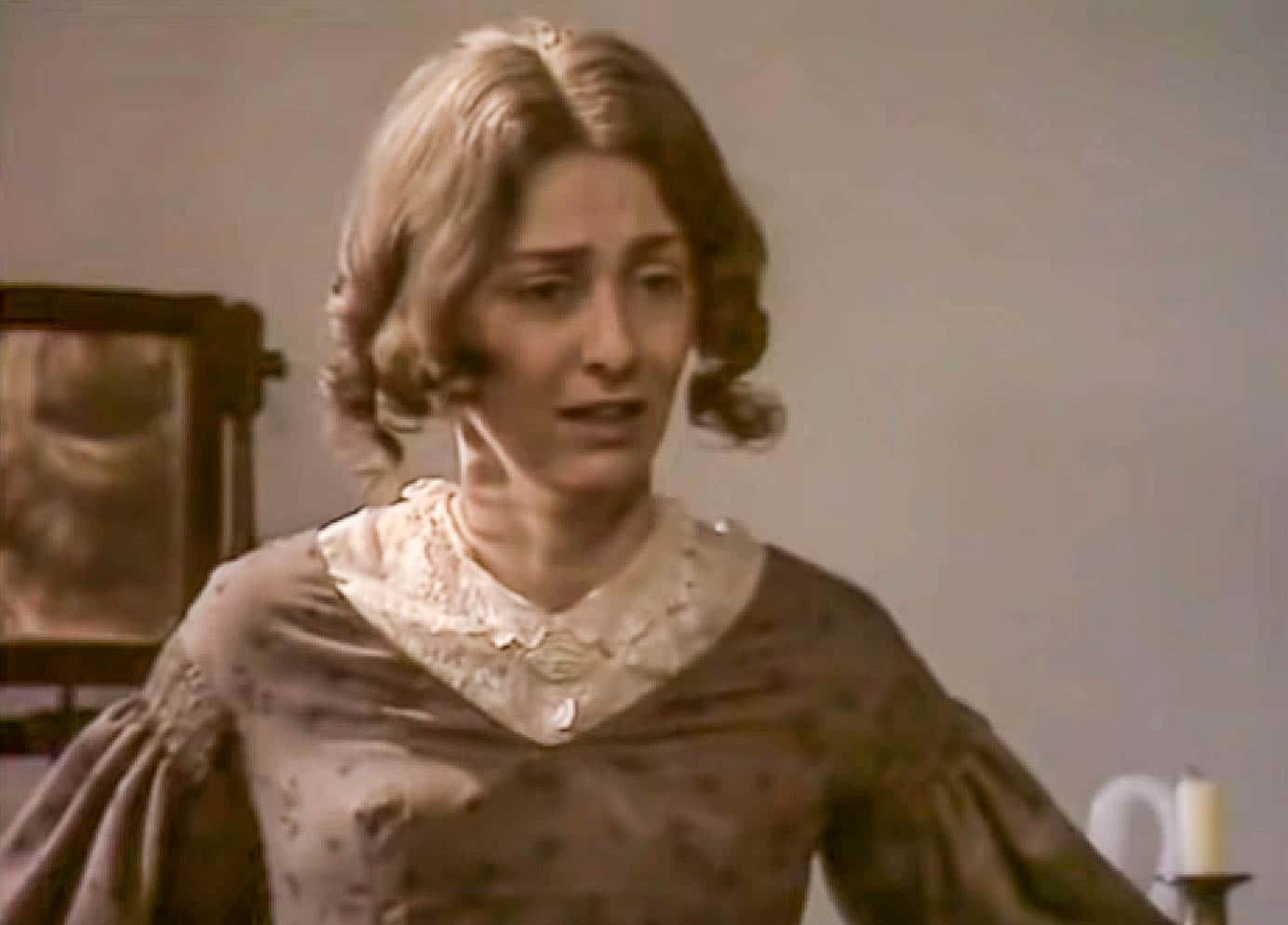 3) BRONTES OF HAWORTH (Part 3), Dale J
3) BRONTES OF HAWORTH (Part 3), Dale J
37. It Was More Than Just Ghosts
The Bronte homë was not far from the town’s cemetery, which was eerie enough, but there was something more than just the idea of ghosts wandering the moors at night. There was something actually dangerous.
It turned out that when it rained, there was run-off from the cemetery. This means the decaying bodies actually contaminated the water, which ended up right in the Brontë home sink.
Besides the contaminated water, something else at the Brontë home caused Emily’s health to worsen.
 1) BRONTES OF HAWORTH (Part 1), Dale J
1) BRONTES OF HAWORTH (Part 1), Dale J
38. He Was Everything To Her
Emily was a young woman tied up tightly with her family—they were everything to her. So, when her brother Branwell started having problems, it had a very negative effect on Emily. Branwell had gotten himself into the worst kind of trouble.
He'd fallen into bed with a married woman—his boss’ wife. When his boss passed, Branwell assumed he'd be able to marry the love of his life. But sadly, she rejected him, causing the most deranged ripple effect.
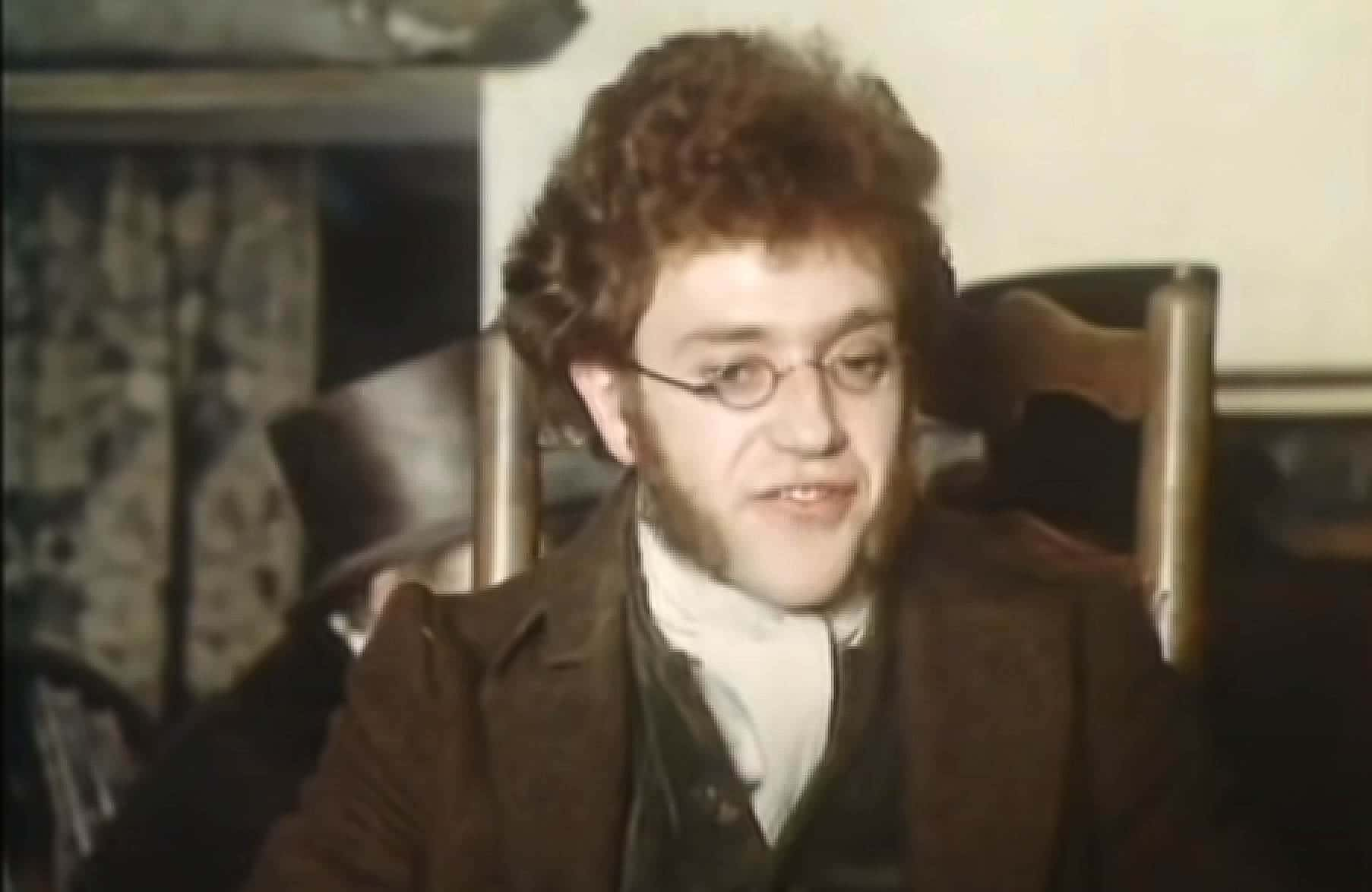 1) BRONTES OF HAWORTH (Part 1), Dale J
1) BRONTES OF HAWORTH (Part 1), Dale J
39. She Watched Him Spiral
Emily had to watch as her brother’s despair turned into some seriously self-destructive behaviors.
Branwell began to drink, which devastatingly progressed into the use of opiates. At one point, he somehow set fire to his own bed. Clearly, life at the Brontë home was becoming unbearable. Emily, who was already fragile and adored her family, suffered terribly. Her brother’s condition not only broke her heart but also affected her health.
 4) BRONTES OF HAWORTH (Part 4), Dale J
4) BRONTES OF HAWORTH (Part 4), Dale J
40. He Was Standing
By September 1848, Emily’s brother Branwell had tuberculosis, which was made worse by his addiction to drink and opiates. On the 24th day of that same month, he passed—apparently while standing up.
This was the third sibling Emily had lost, and the resulting devastation shook her to her core. Her own health had been poor, and this crisis only heralded more bad news.
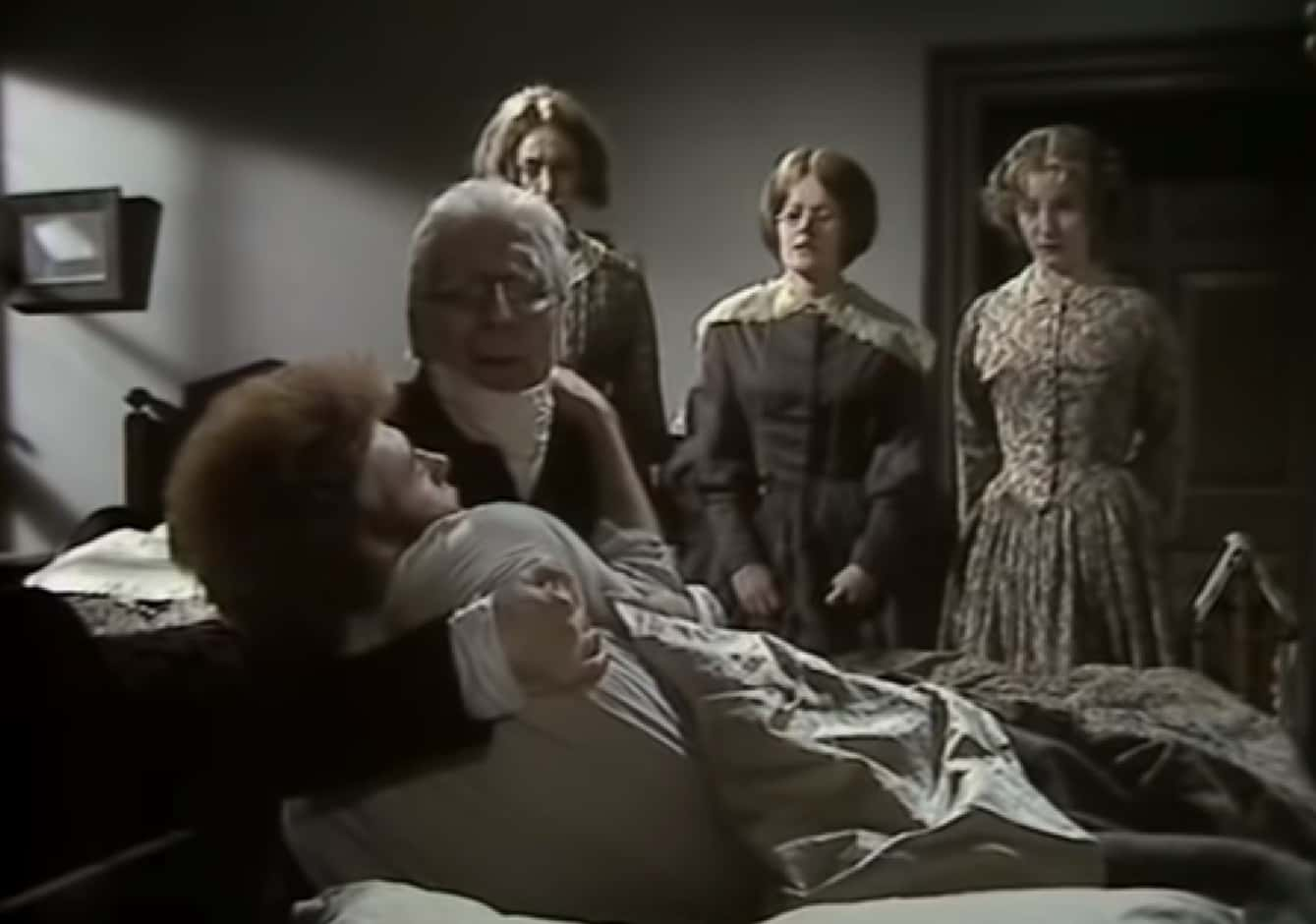 4) BRONTES OF HAWORTH (Part 4), Dale J
4) BRONTES OF HAWORTH (Part 4), Dale J
41. She Went Outside
A week after her brother’s passing, Emily and her family were, sadly, laying their brother to rest. Emily had been trying to stay healthy by staying indoors, but it was her brother’s funeral, after all. She had to attend the burial.
Many believe it was this outdoor event that caused Emily to catch a cold. Nowadays, a cold doesn’t sound so serious, but back then—and given Emily’s poor health—it was a downright death sentence.
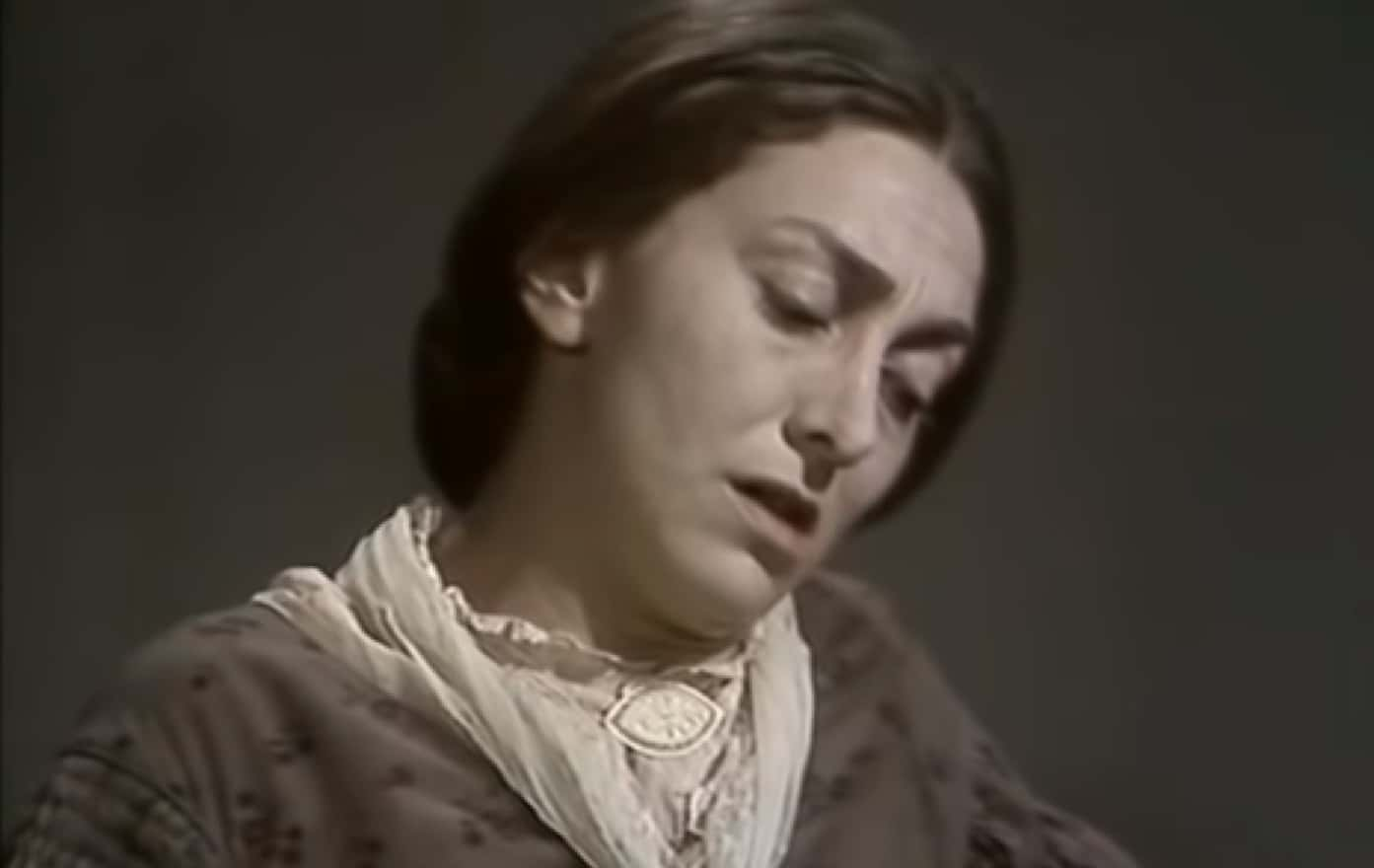 4) BRONTES OF HAWORTH (Part 4), Dale J
4) BRONTES OF HAWORTH (Part 4), Dale J
42. She Turned Him Away
The cold Emily caught at her brother’s funeral progressed into tuberculosis—the same ailment that had caused the passing of her sisters and brother. For some reason, when the doctor arrived to help her, she turned him away.
She didn’t want any medicine from what she called the “poisoning doctor”. Sister Charlotte was beside herself with worry. On December 19, 1848, she wrote: “I pray for God’s support to us all".
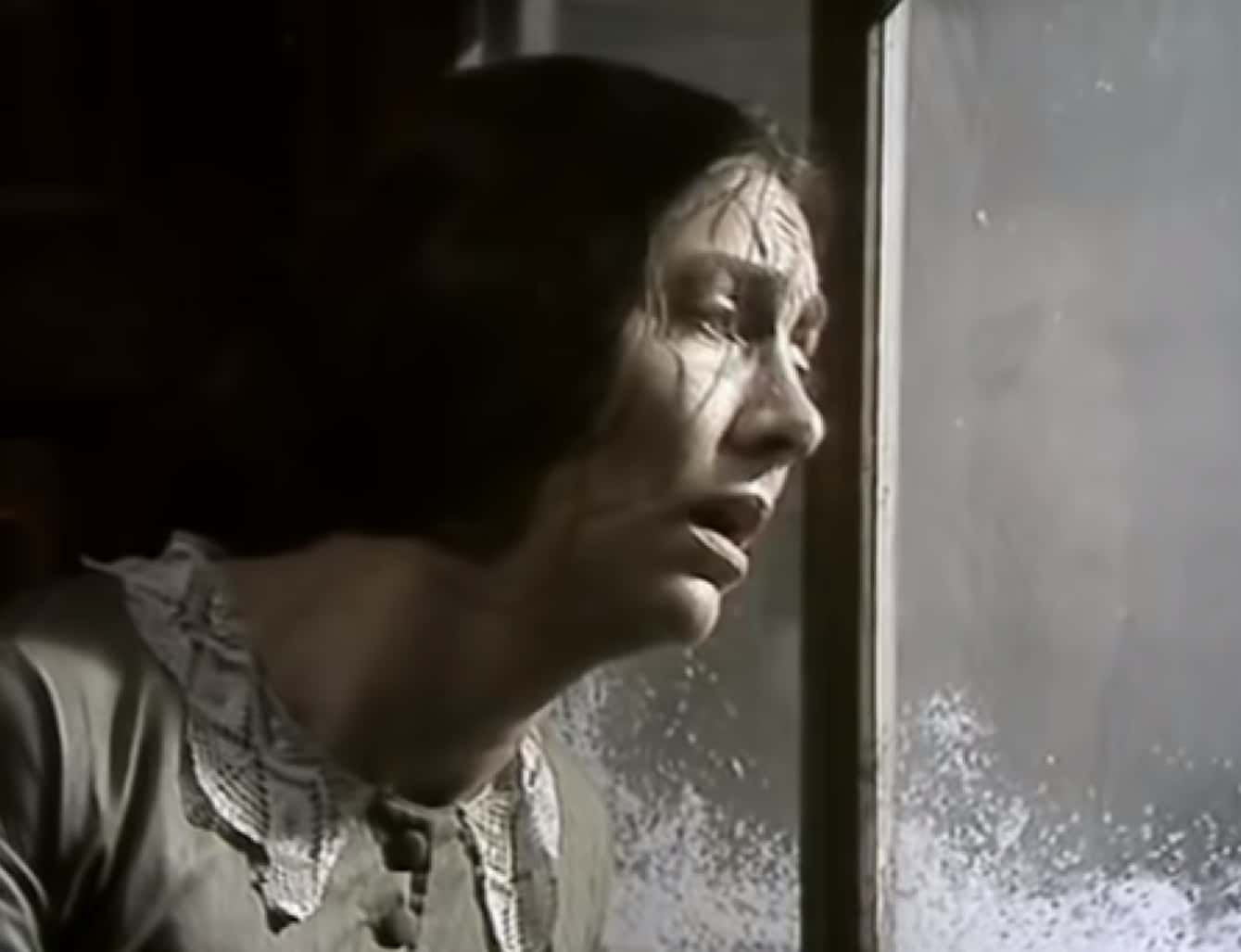 4) BRONTES OF HAWORTH (Part 4), Dale J
4) BRONTES OF HAWORTH (Part 4), Dale J
43. She Asked For A Doctor
On the same day that Charlotte wrote about her fears, Emily became so sick that she could barely speak. In her pain and delirium, she managed to say one thing, however. She famously said: “If you will send for a doctor, I will see him now". Charlotte did send for a doctor, but it was too late. Those were the last words Emily ever spoke.
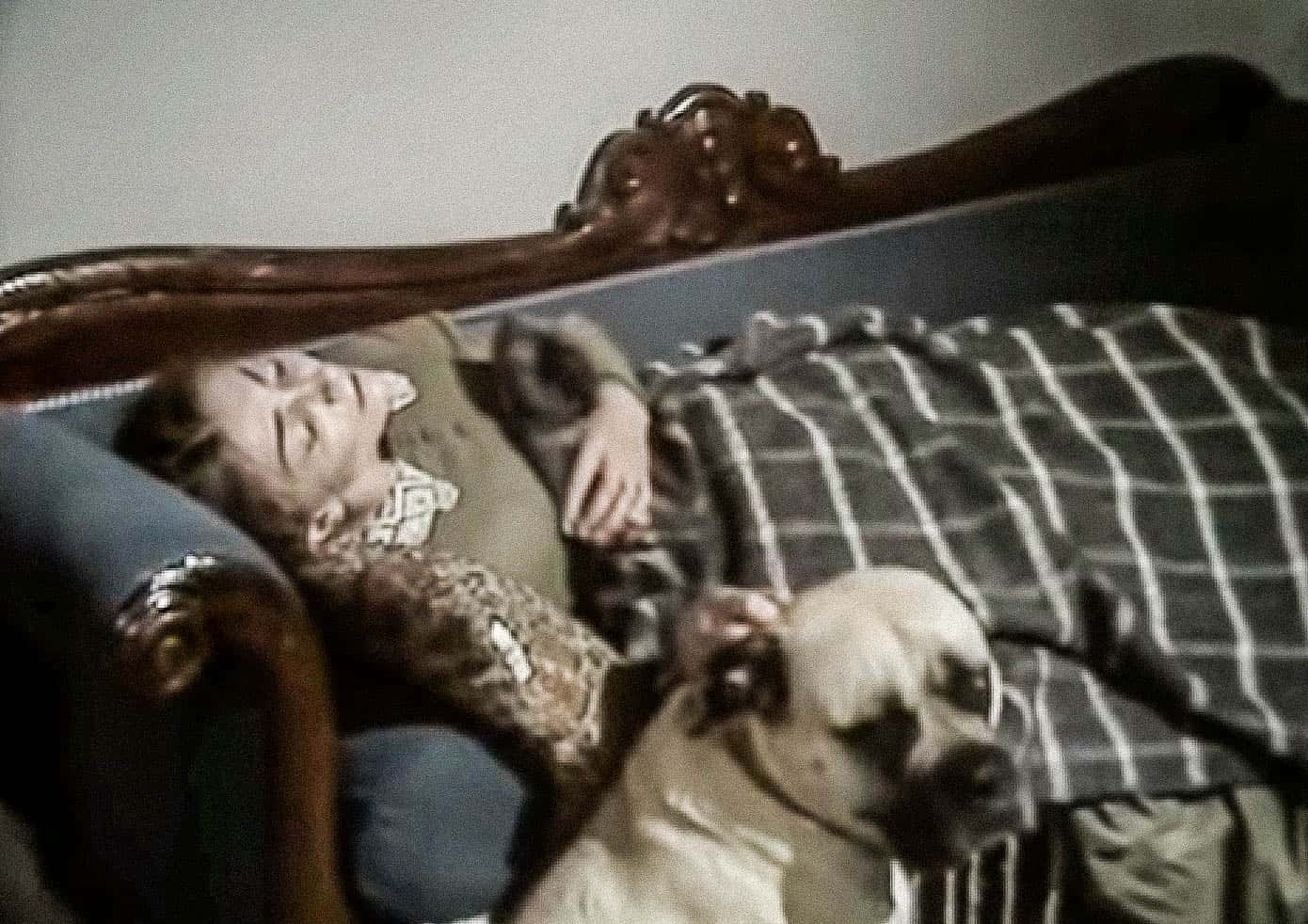 4) BRONTES OF HAWORTH (Part 4), Dale J
4) BRONTES OF HAWORTH (Part 4), Dale J
44. They Got The Cause Wrong
The cause of Emily’s passing was officially tuberculosis. One of the housemaids at the Brontë home, however, had another opinion. The housemaid was Martha Brown, and in her opinion, it hadn’t been tuberculosis that ended Emily’s life, but something much more dramatic: a broken heart.
This was not something based on a crush Emily had or a relationship, but, in true Emily fashion, it was about her family.
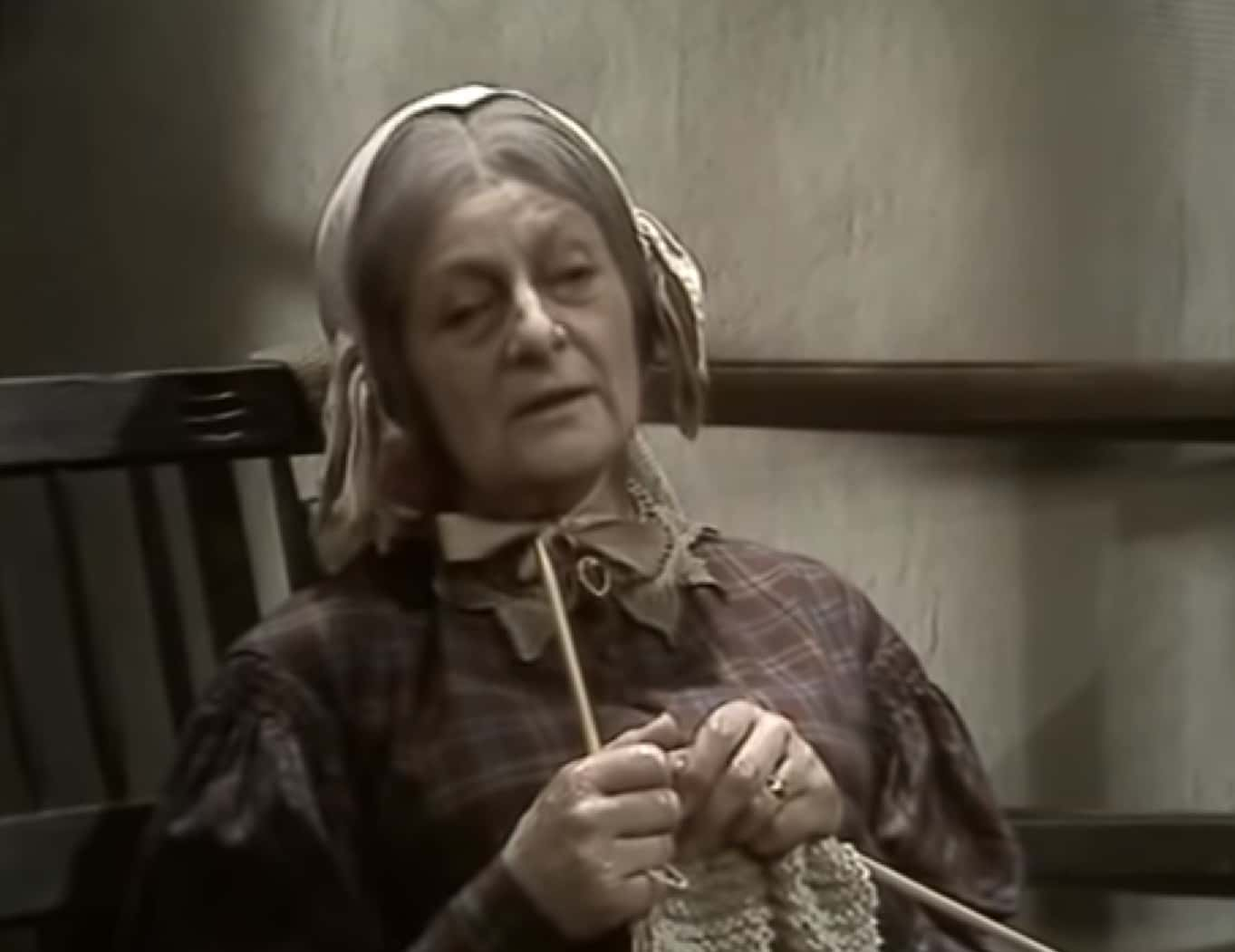 4) BRONTES OF HAWORTH (Part 4), Dale J
4) BRONTES OF HAWORTH (Part 4), Dale J
45. She Watched Him Go
Martha Brown thought it was clear that Emily had passed because of a broken heart, and that her brother’s passing had caused it. As we know, Emily’s world centered around her family. Was it possible that watching her brother’s own heartbreak—and subsequent slow demise—had such a profound effect on Emily?
Well, some suggest an even more salacious reason.
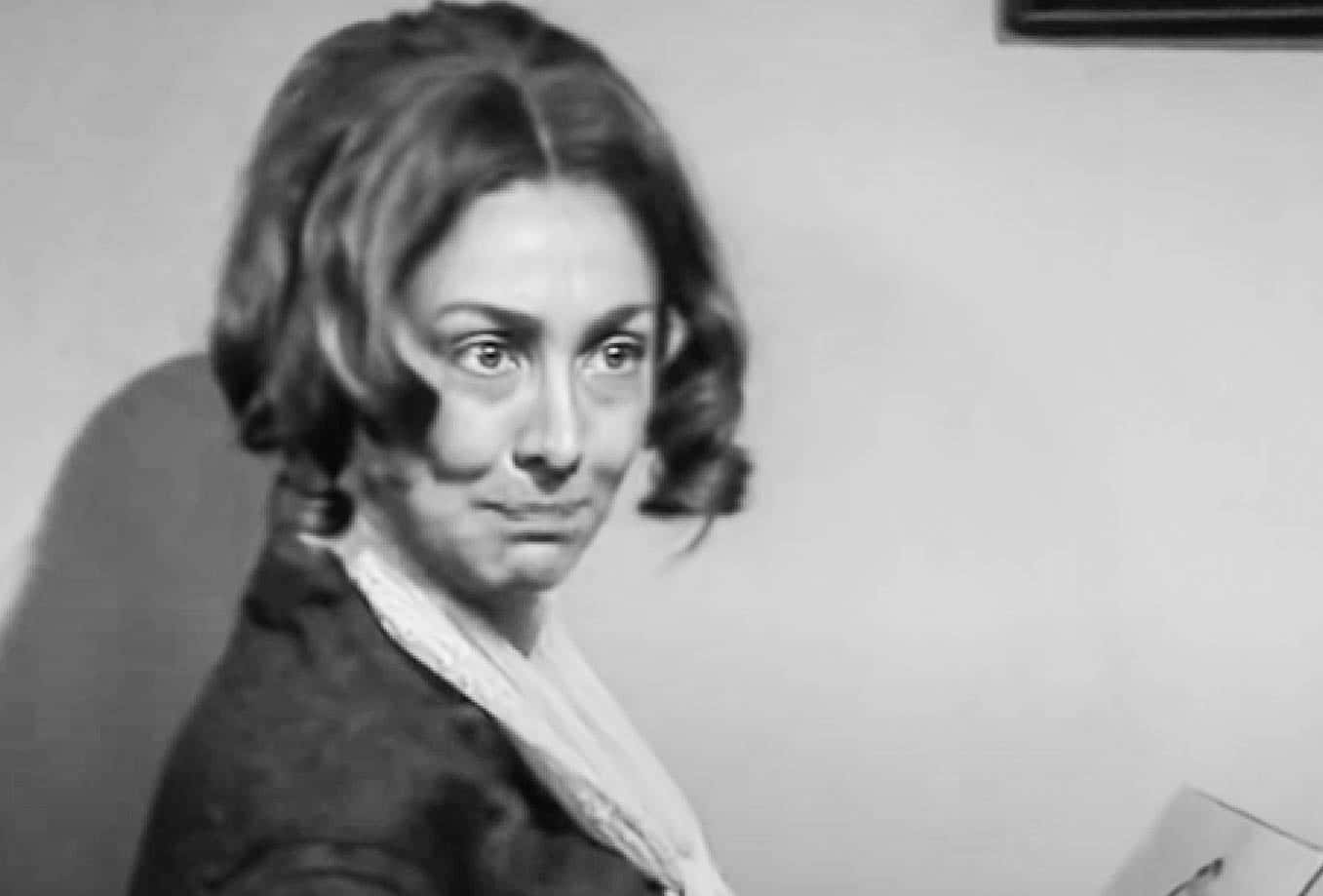 4) BRONTES OF HAWORTH (Part 4), Dale J
4) BRONTES OF HAWORTH (Part 4), Dale J
46. She Never Dated
One thing that alarmed readers of Wuthering Heights was the descriptions of fiery passion between the characters. But where did Emily get these ideas from? In her short life, it seems as though Emily never had a romantic relationship of her own. In fact, her deepest connection to another person was likely with her sister Anne.
However, there's reason to believe that Emily was closer to her brother than most know.
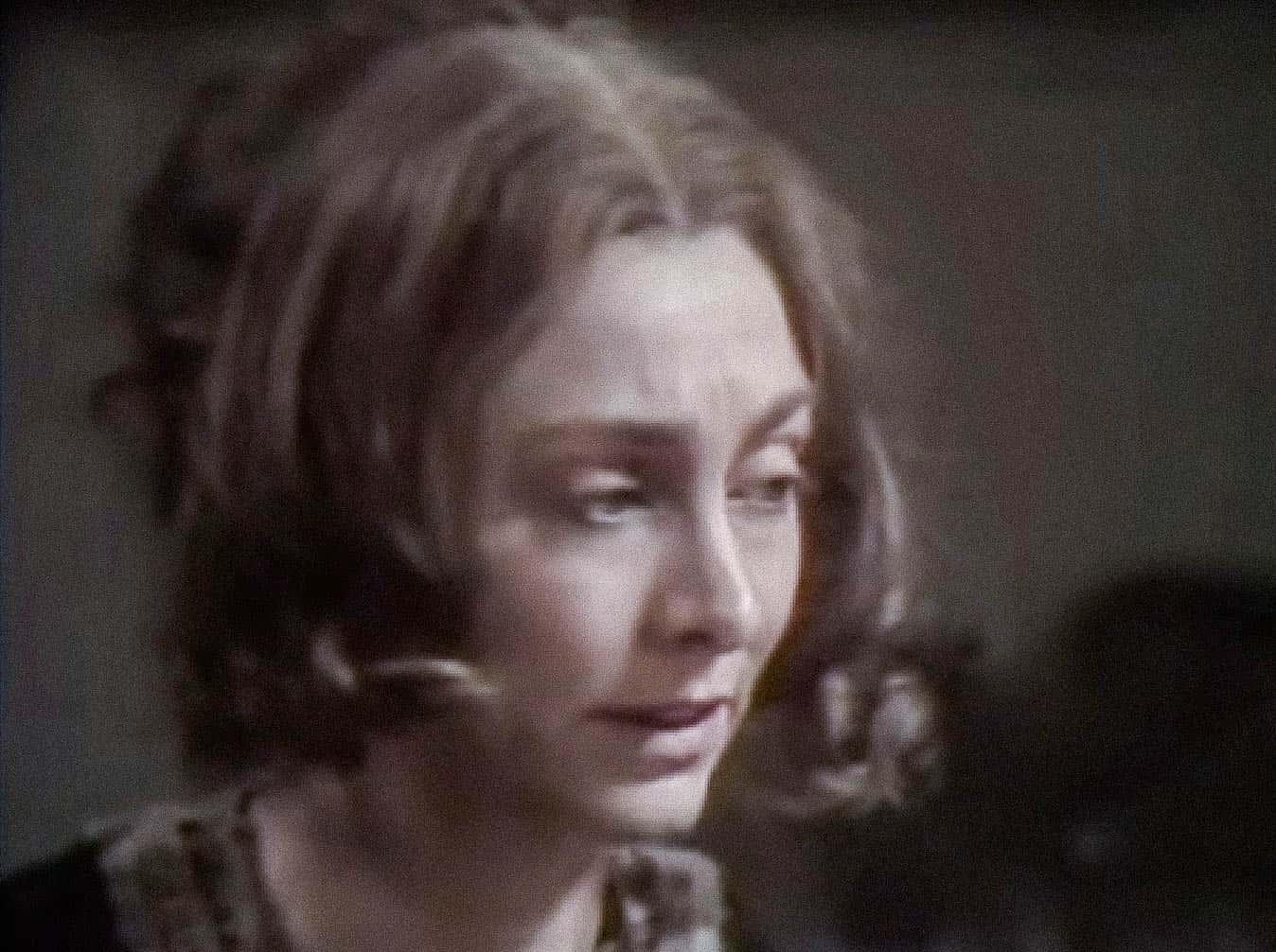 3) BRONTES OF HAWORTH (Part 3), Dale J
3) BRONTES OF HAWORTH (Part 3), Dale J
47. She Sparked Rumors
Interpretations of Wuthering Heights are all over the place, but the most scandalous analysis is that the love interests, Catherine and Heathcliffe, are siblings. Some even go so far as to insinuate that Emily's close relationship with her brother Branwell inspired the love story in her only novel.
48. She Stepped Into The Spotlight
In 1850—just two years after Emily’s passing—Charlotte edited Wuthering Heights for a second publishing. She changed some of the dialogue that Emily had written in a Yorkshire dialogue and also wrote a new preface to the novel. The real difference, however, was not a change in the story but a change in the author.
In the 1850 edition, Emily’s name was front and center on the front of the book.
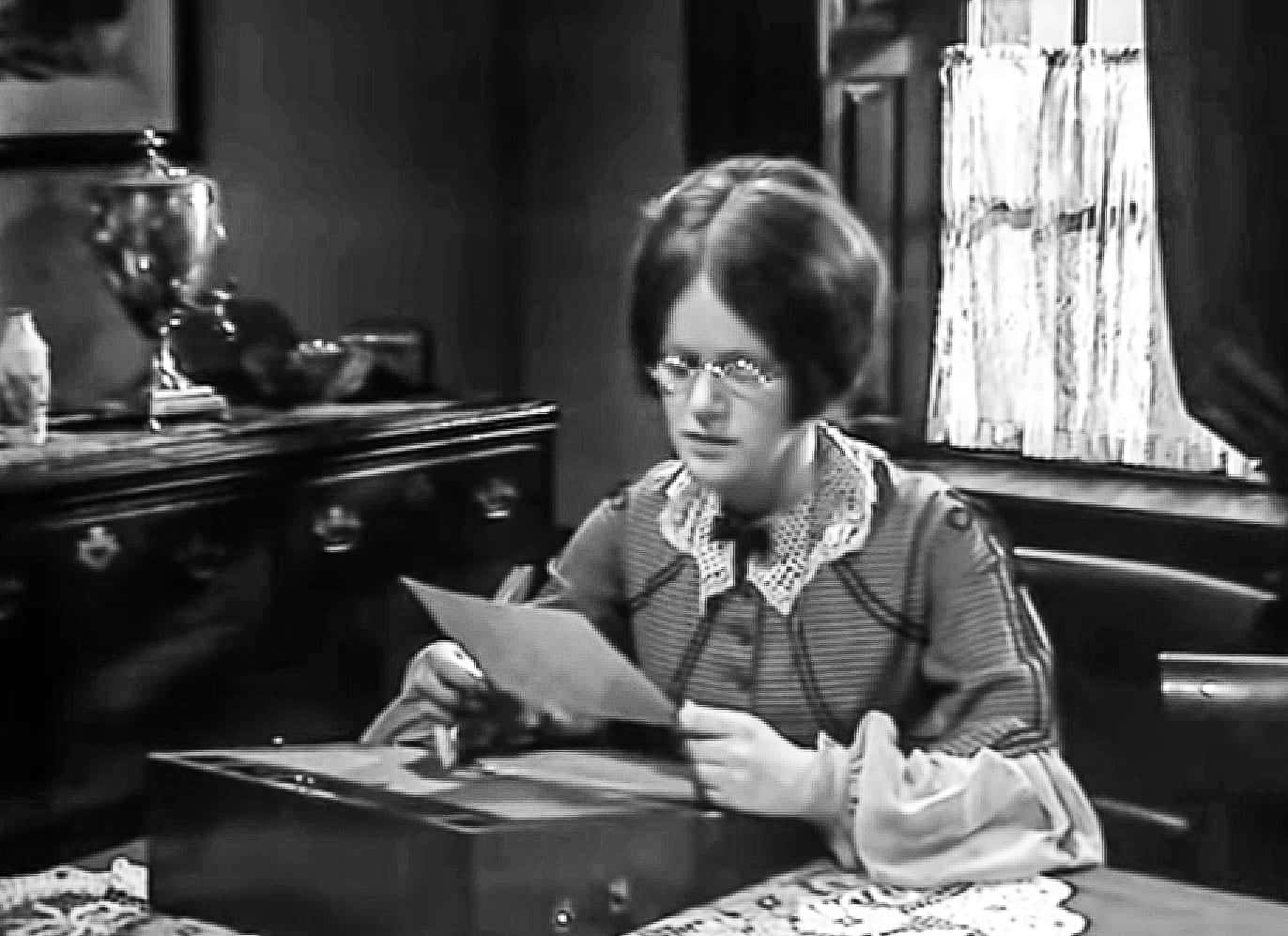 4) BRONTES OF HAWORTH (Part 4), Dale J
4) BRONTES OF HAWORTH (Part 4), Dale J
49. It Was A Page Turner
In response to the new version, there were more critical reviews. The Graham’s Lady Magazine critic wondered how someone could write even 12 chapters of a book without taking their own life. The critic called it vulgar and unnatural. Another critic said it wasn’t a book, but rather a monster.
Most other critics had similar views, but they agreed on something more positive: Once they started reading it, they couldn’t put it down.
 Who Was Emily Bronte? Celebrating The 200th Anniversary of Her Birth, Newsweek
Who Was Emily Bronte? Celebrating The 200th Anniversary of Her Birth, Newsweek
50. One Tragedy Led To Another
It was clear that the Brontë siblings were very close. We saw how Branwell’s passing led to Emily’s demise. So what about Anne? She had lost a brother, and in Emily, both a sister and a best friend. Sadly, and perhaps not surprisingly, Anne didn’t last long after these two tragedies. Five months after Emily was gone, so was Anne.
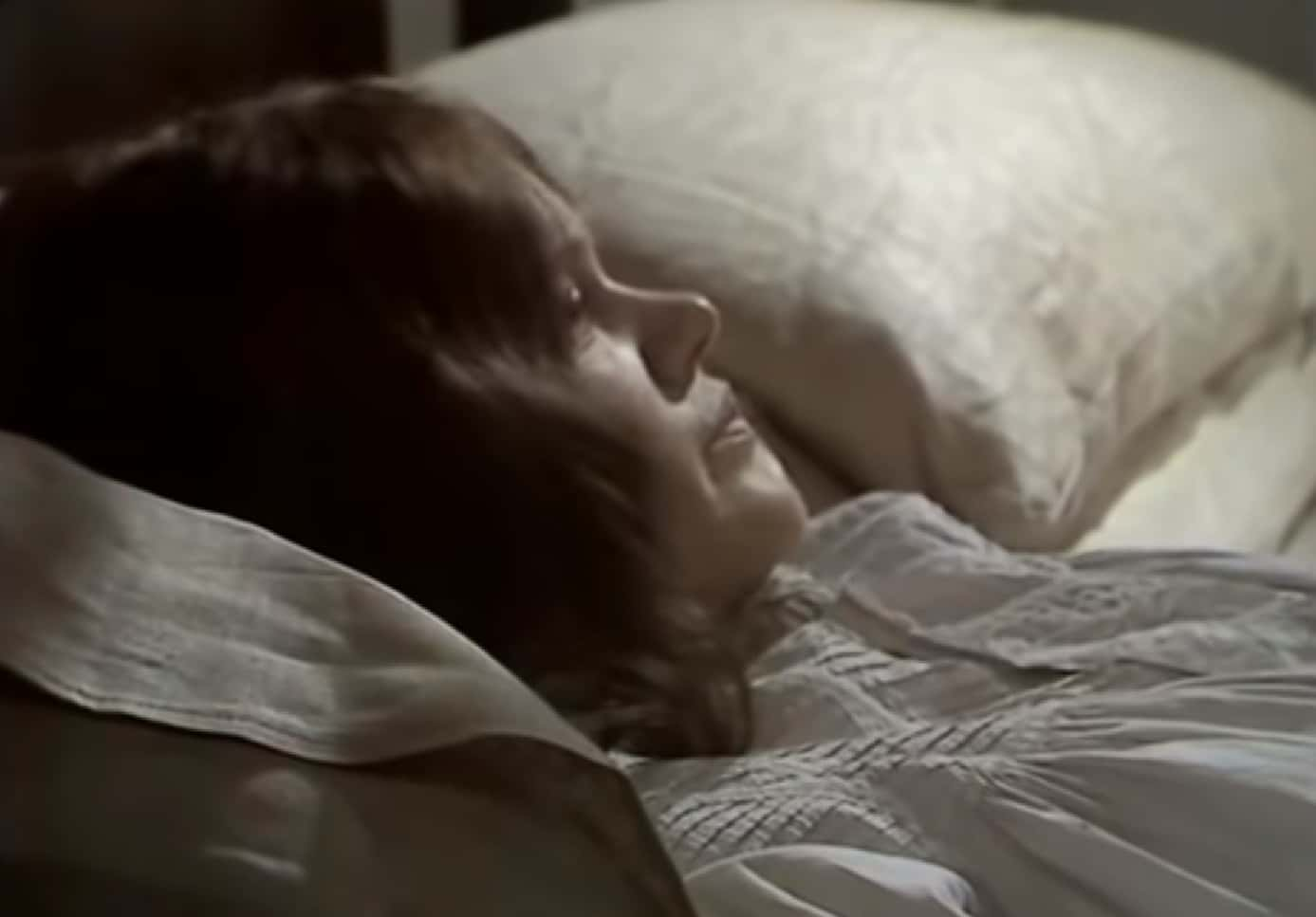 4) BRONTES OF HAWORTH (Part 4), Dale J
4) BRONTES OF HAWORTH (Part 4), Dale J
Sources: 1, 2, 3, 4, 5, 6, 7, 8

